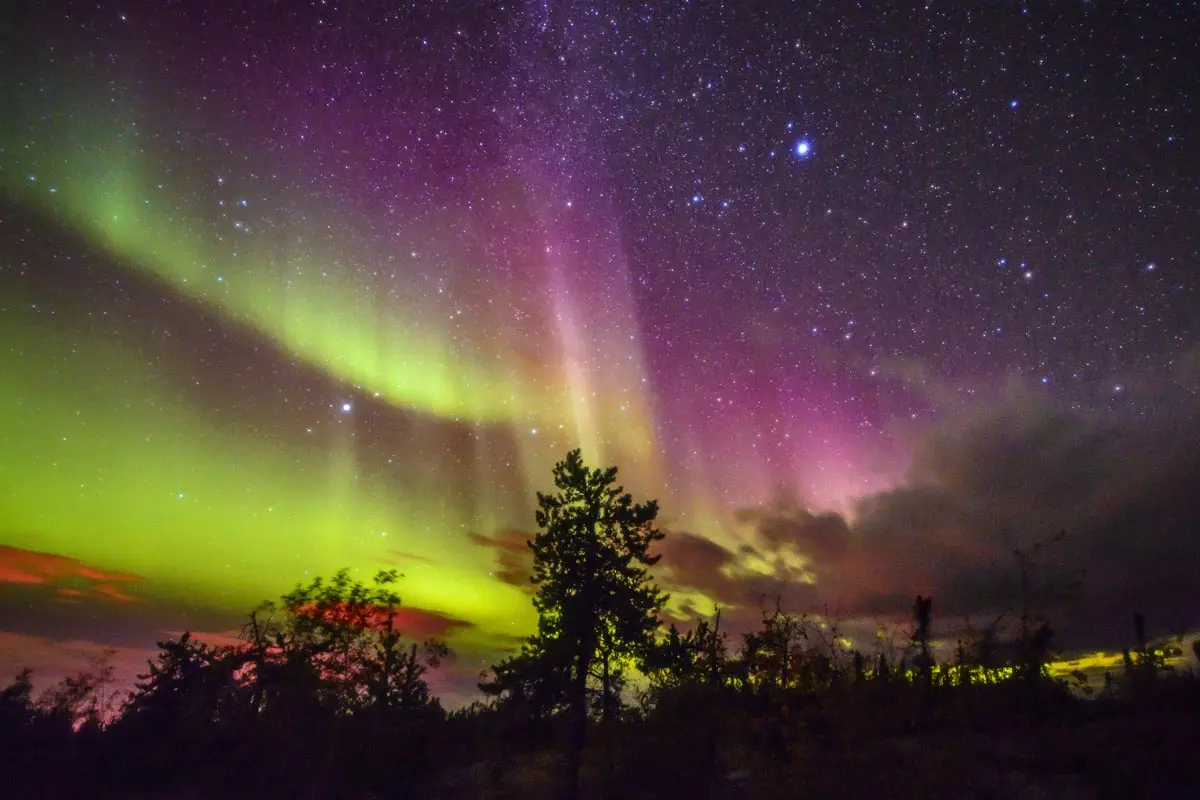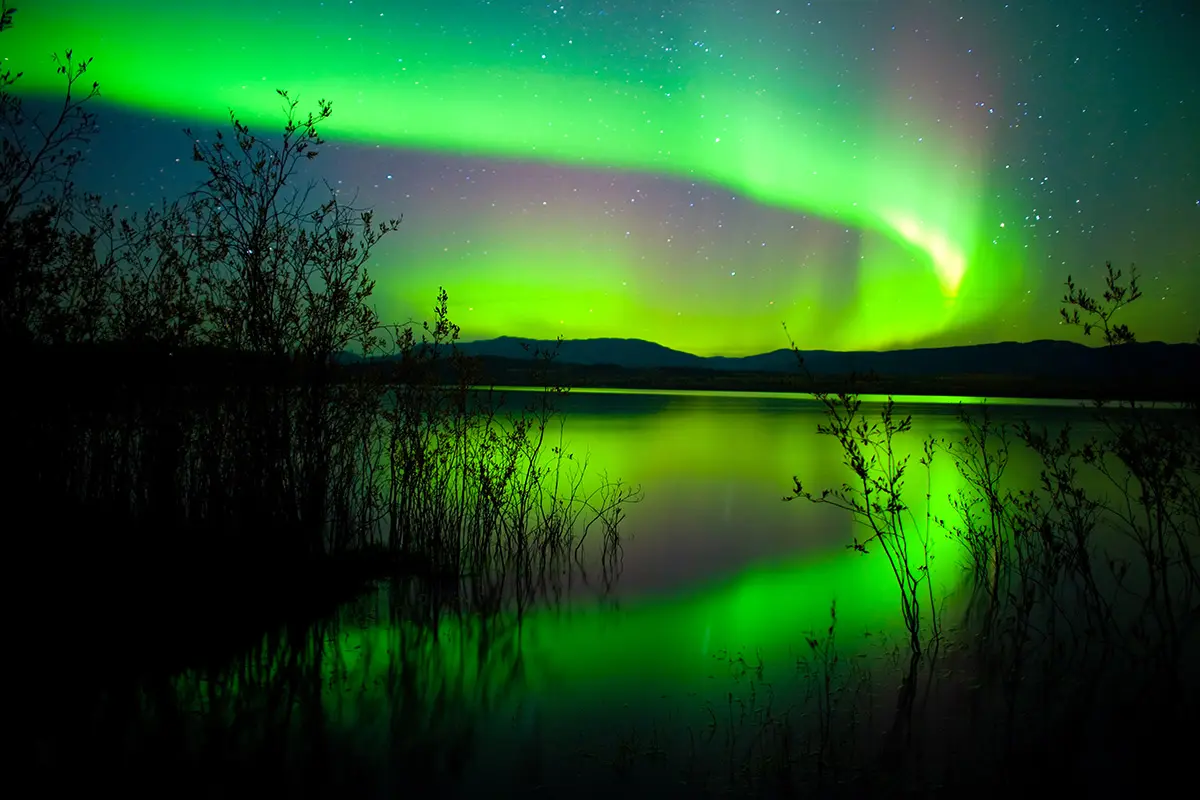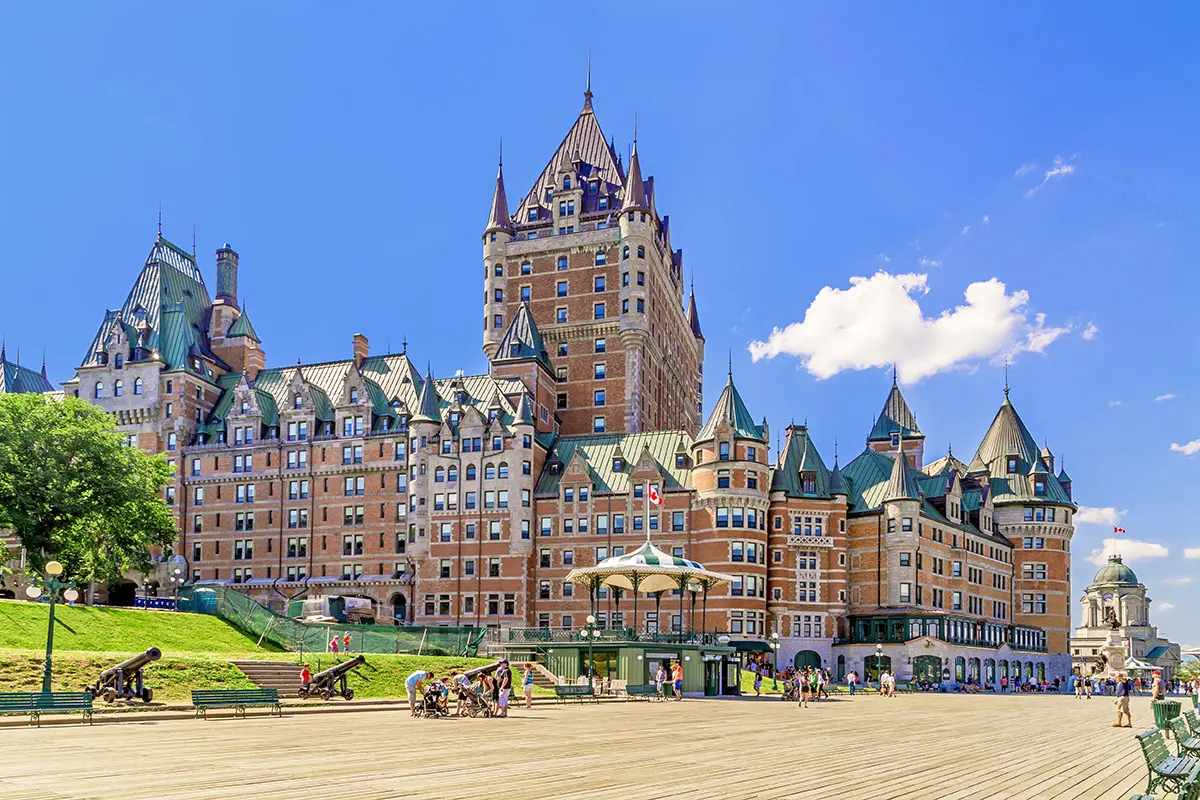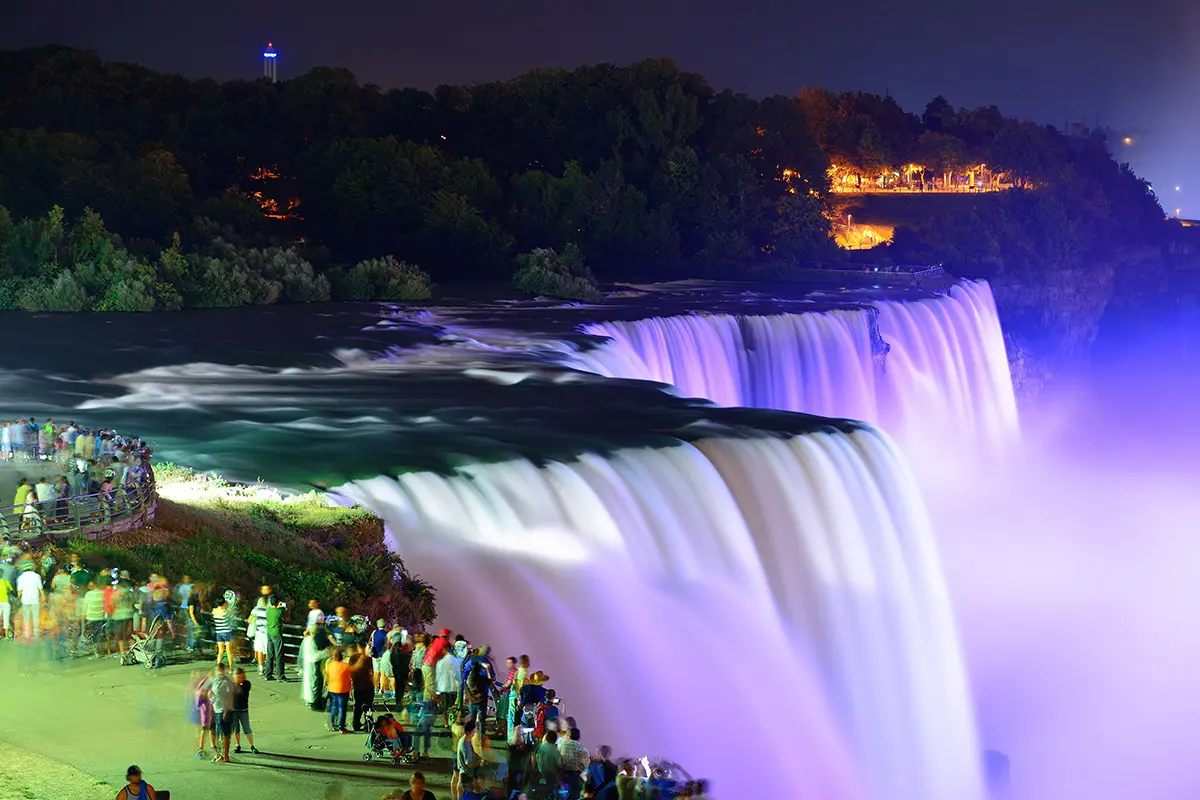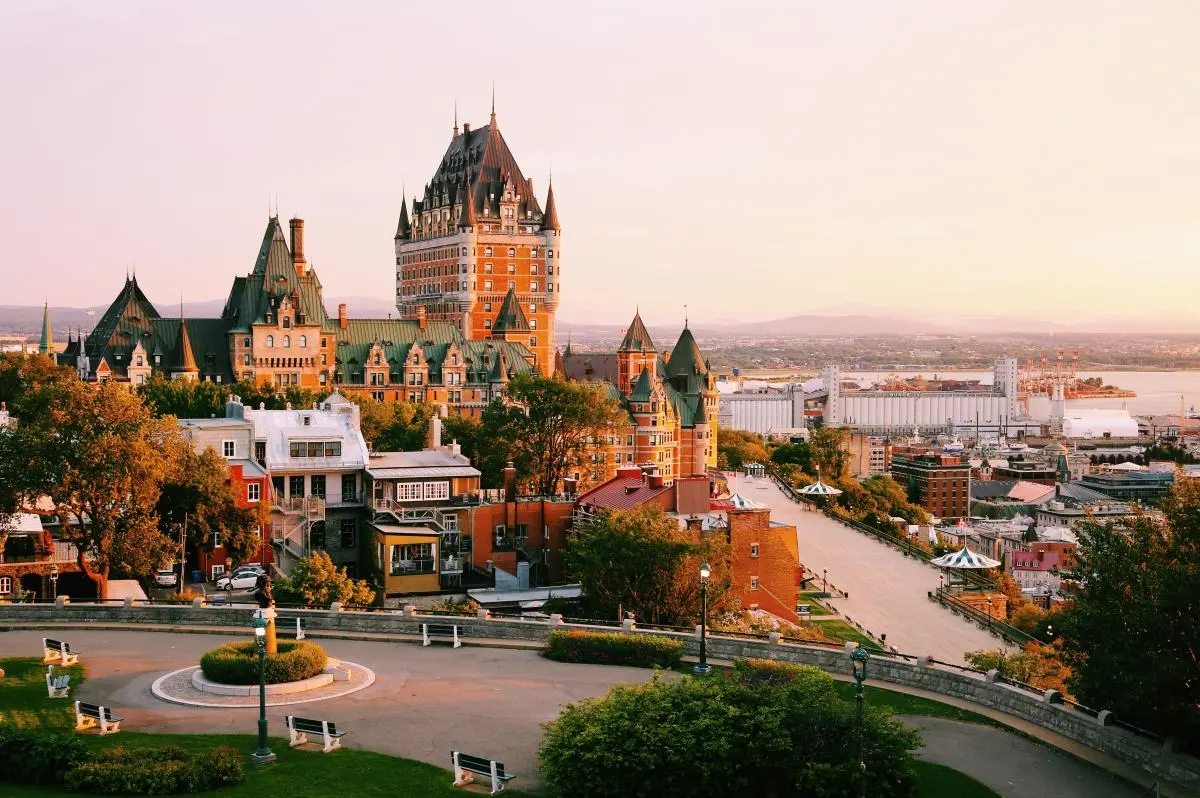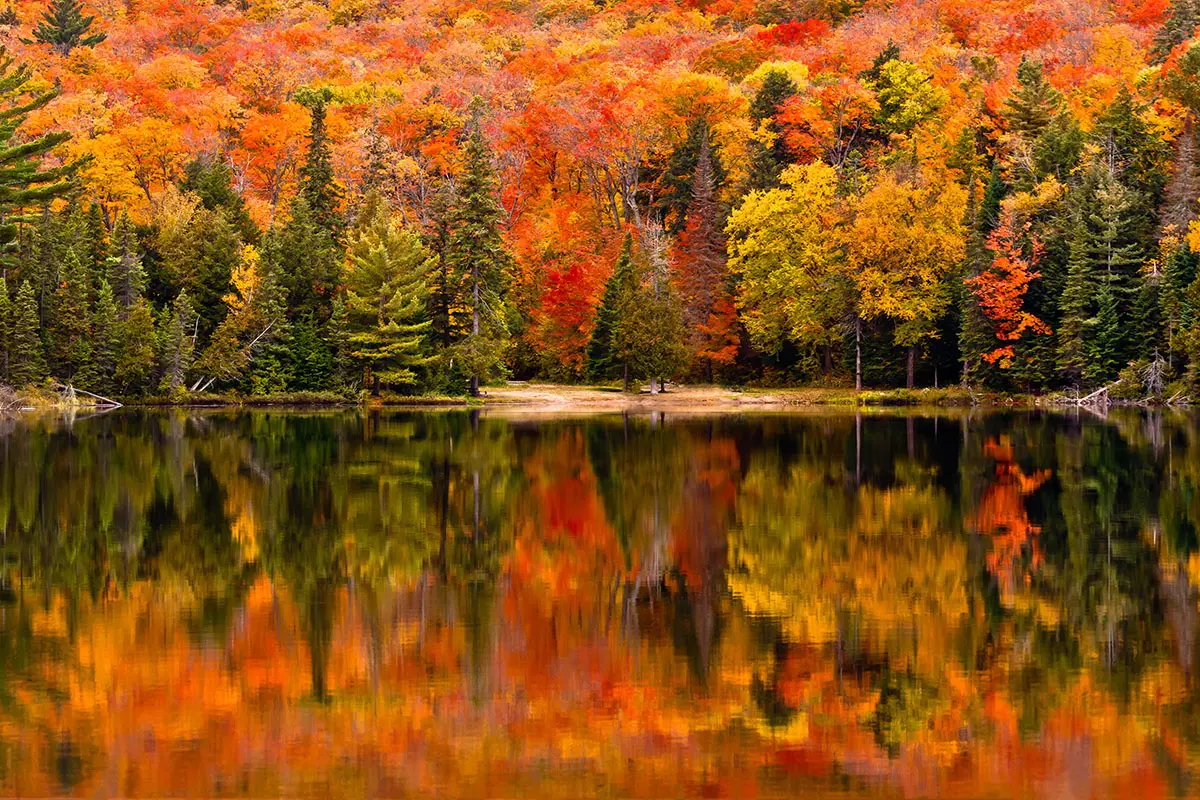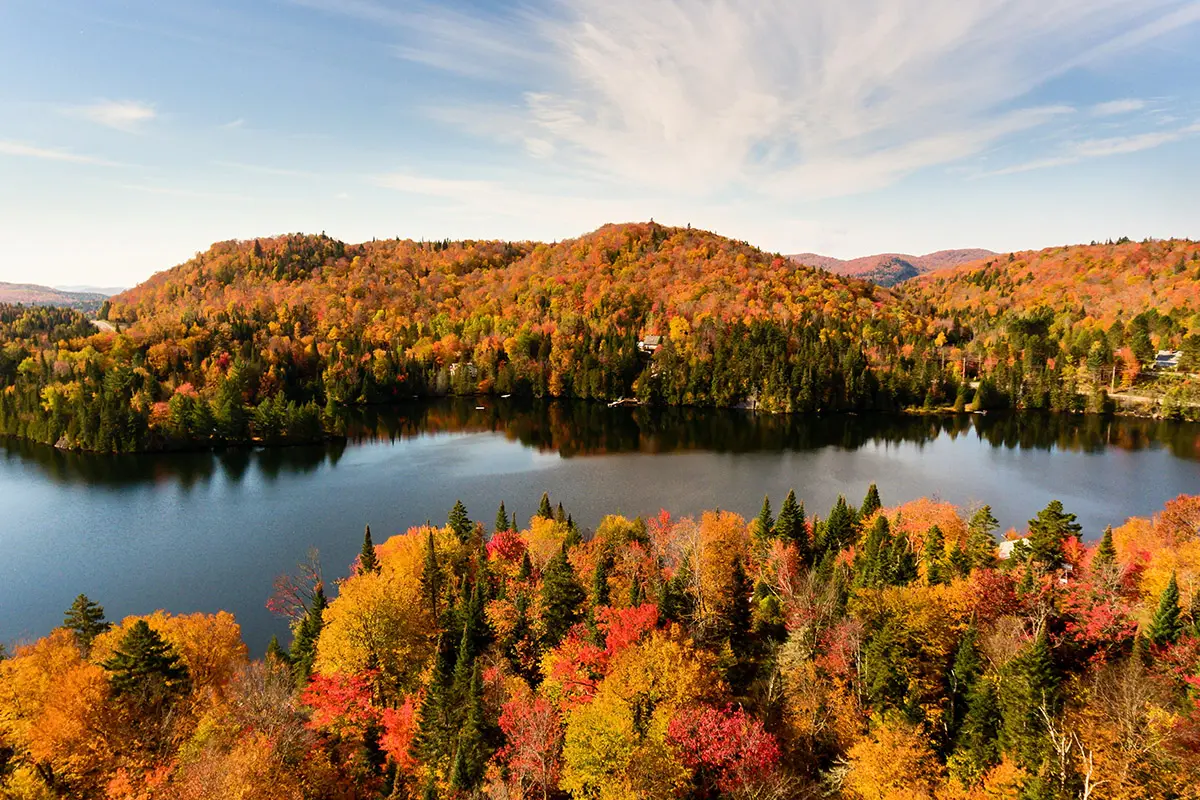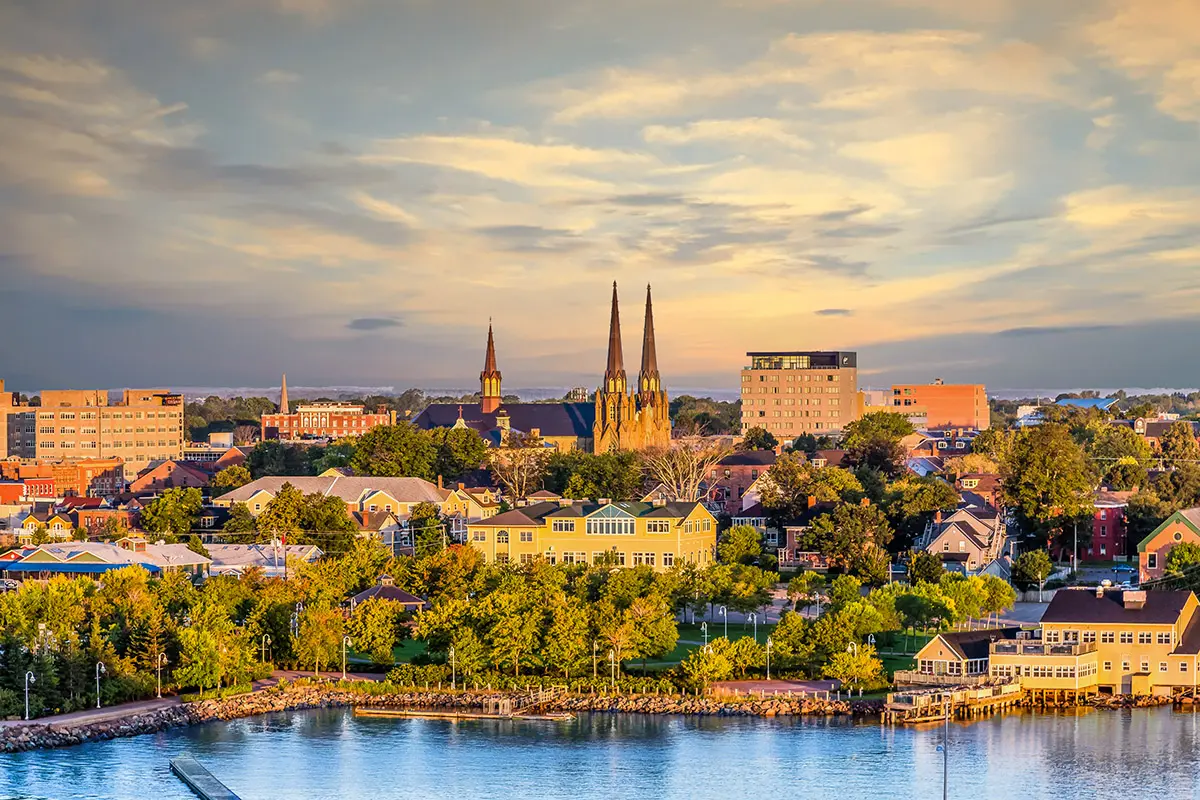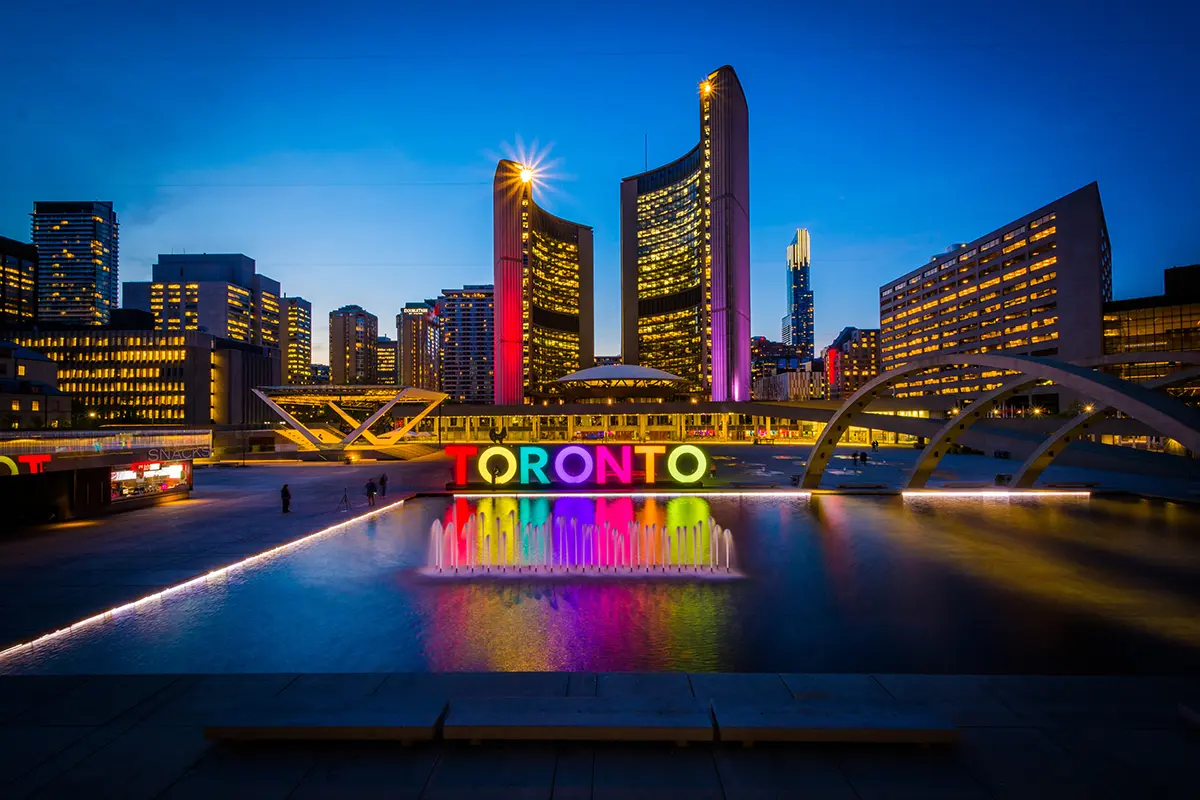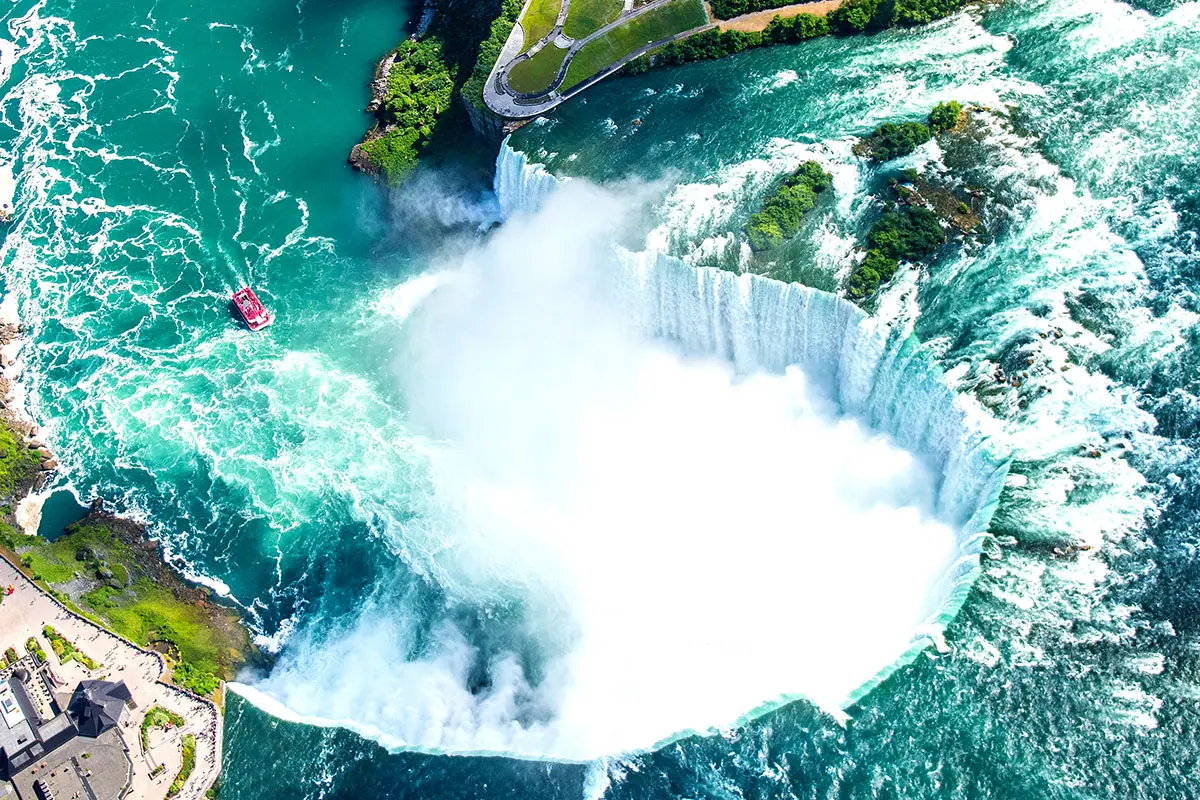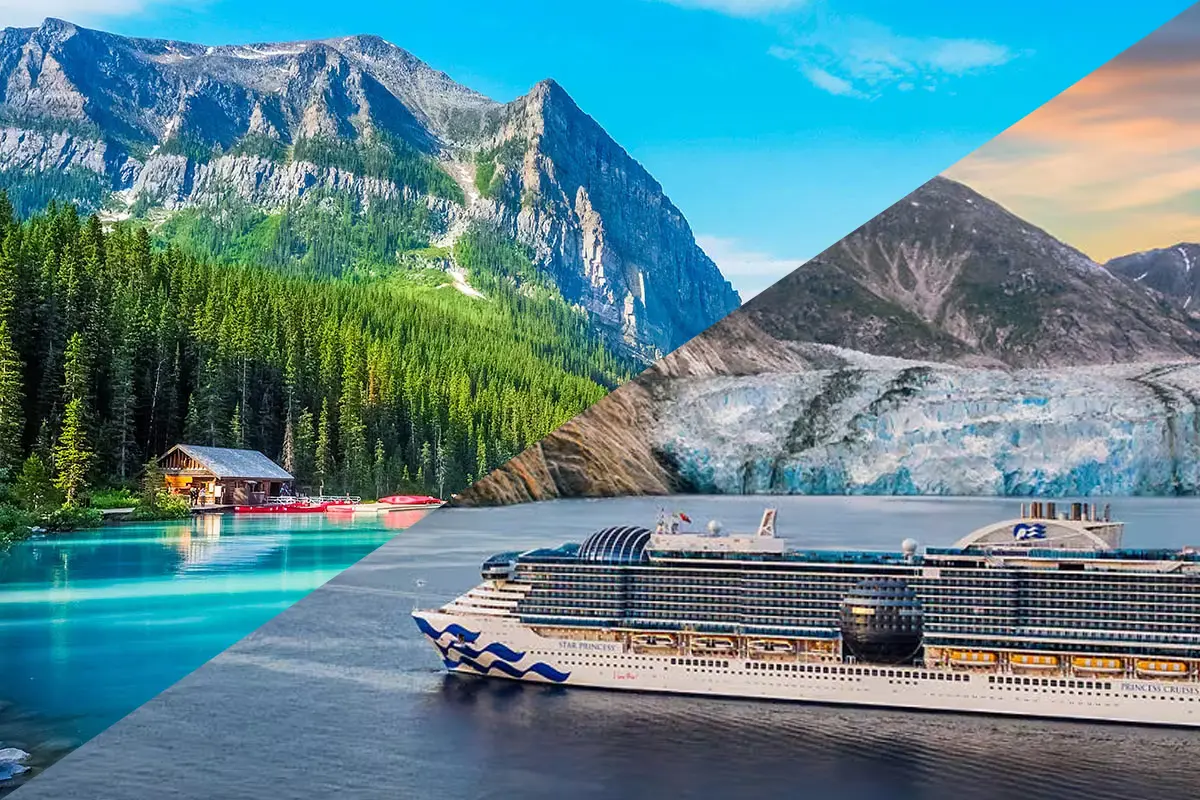Meeting point gathering, guide meeting
Thousand Islands The archipelago of 1,864 islands
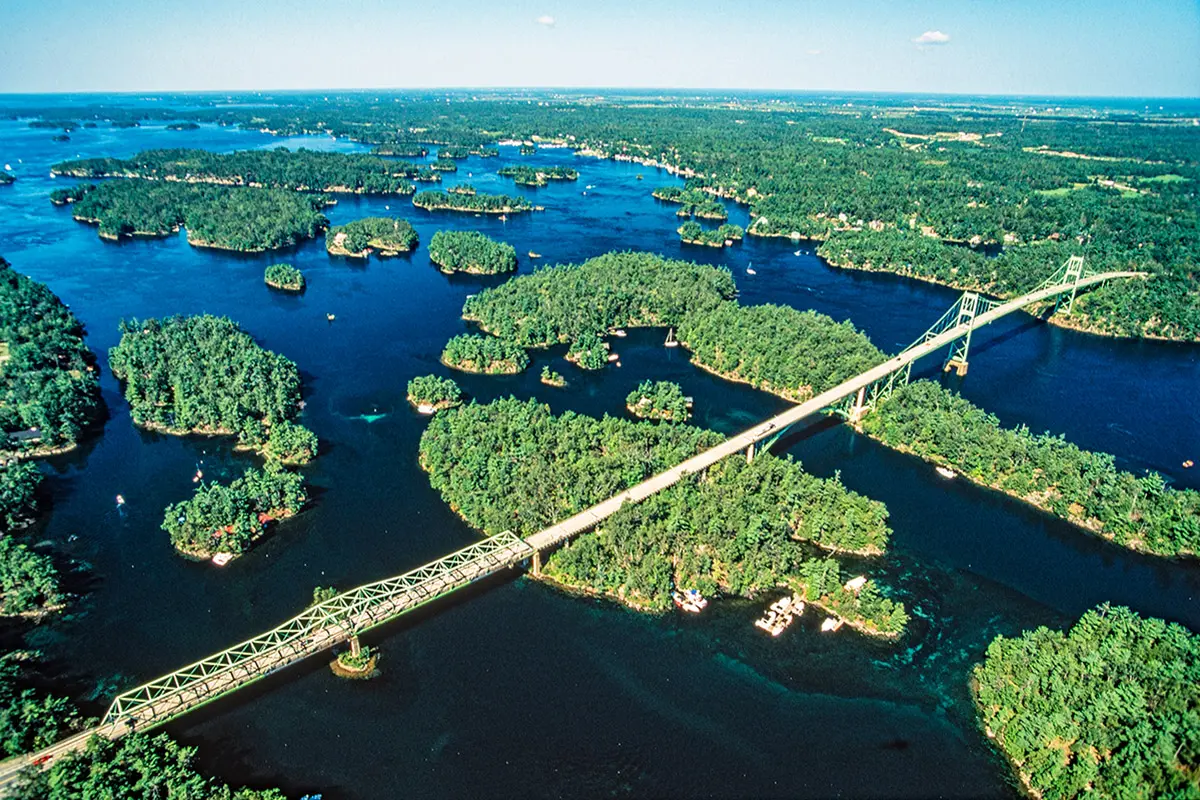
The Thousand Islands (French: Mille-Îles) constitute a North American archipelago of 1,864 islands that straddles the Canada–US border in the Saint Lawrence River as it emerges from the northeast corner of Lake Ontario. They stretch for about 50 miles (80 km) downstream from Kingston, Ontario. The Canadian islands are in the province of Ontario and the U.S. islands in the state of New York.
The islands range in size from over 40 square miles (100 km2) to smaller islands occupied by a single residence, or uninhabited outcroppings of rocks. To count as one of the Thousand Islands, emergent land within the river channel must have at least one square foot (0.093 m2) of land above water level year-round, and support at least two living trees.
[Optional] Thousand Islands Cruise Price : C$40 (Tax included)
Unique in the industry! Board the latest large cruise. In fact, the Thousand Islands, which are made up of well over 1,000 islands, have many islands with luxurious villas on the water, so much so that they are called 'Millionaire's Street'. In particular, there are many islands owned by Hollywood stars, and each island has unique villas with beautiful scenery, making it look like a small kingdom. / Takes 1 hour.
Ottawa The capital city of Canada
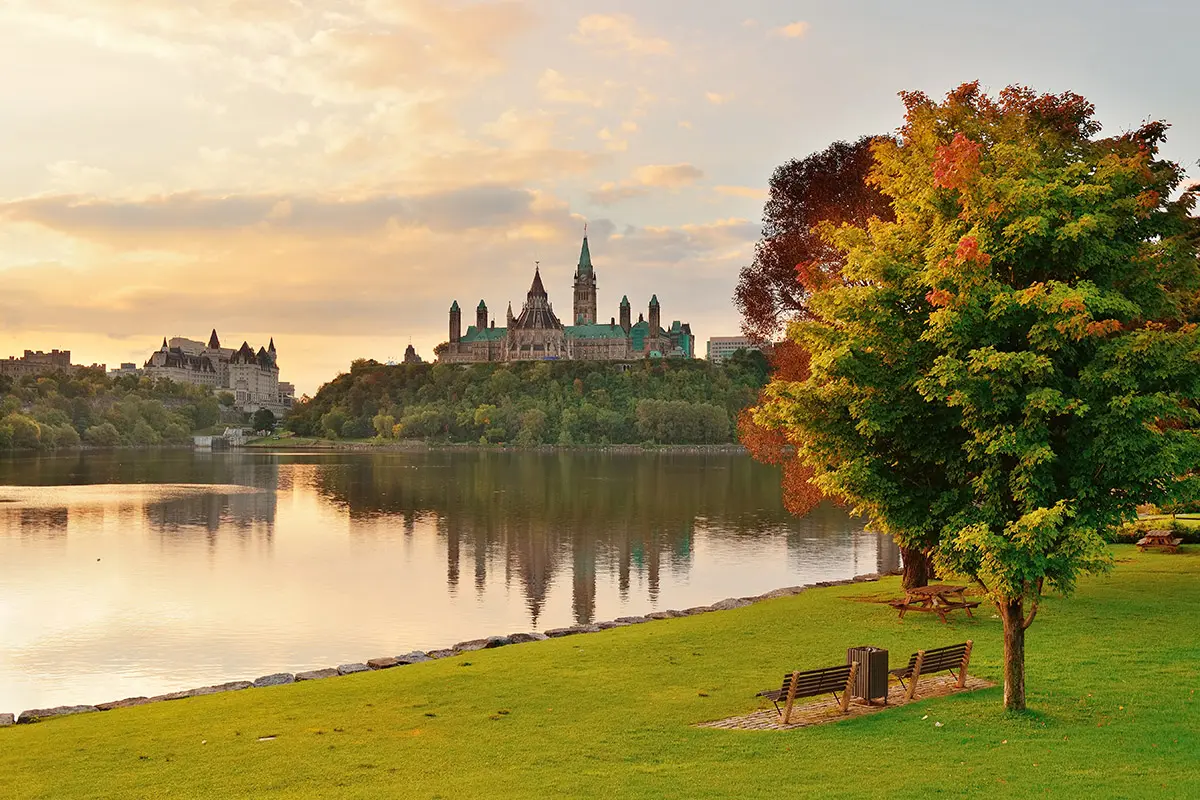
It is located in the southern portion of the province of Ontario, at the confluence of the Ottawa River and the Rideau River. Ottawa borders Gatineau, Quebec, and forms the core of the Ottawa–Gatineau census metropolitan area (CMA) and the National Capital Region (NCR). As of 2021, Ottawa had a city population of 1,017,449 and a metropolitan population of 1,488,307, making it the fourth-largest city and fourth-largest metropolitan area in Canada.
Ottawa is the political centre of Canada and the headquarters of the federal government. The city houses numerous foreign embassies, key buildings, organizations, and institutions of Canada's government; these include the Parliament of Canada, the Supreme Court, the residence of Canada's viceroy, and Office of the Prime Minister.[16]
Founded in 1826 as Bytown, and incorporated as Ottawa in 1855, its original boundaries were expanded through numerous annexations and were ultimately replaced by a new city incorporation and amalgamation in 2001. The municipal government of Ottawa is established and governed by the City of Ottawa Act of the Government of Ontario. It has an elected city council across 24 wards and a mayor elected city-wide.
Ottawa has the highest proportion of university-educated residents among Canadian cities and is home to several colleges and universities, research and cultural institutions, including the University of Ottawa, Carleton University, Algonquin College, the National Arts Centre, the National Gallery of Canada; and numerous national museums, monuments, and historic sites. It is one of the most visited cities in Canada, with over 11 million visitors annually contributing more than $2.2B to the city's economy.
Parliament Hill Grand, neo-Gothic complex hosting Canada's legislature, with artworks
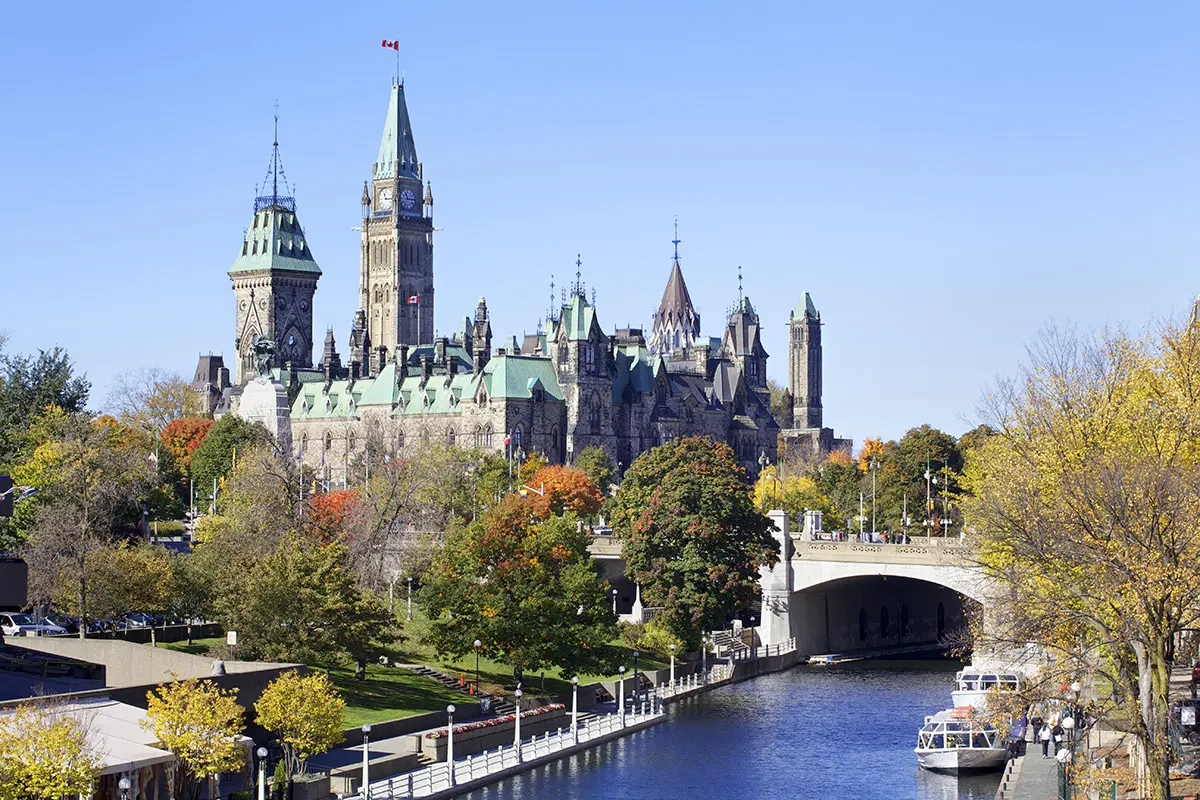
Parliament Hill (French: Colline du Parlement), colloquially known as The Hill, is an area of Crown land on the southern bank of the Ottawa River in downtown Ottawa, Ontario, Canada. It accommodates a suite of Gothic revival buildings whose architectural elements were chosen to evoke the history of parliamentary democracy. Parliament Hill attracts approximately three million visitors each year.
Rideau Canal UNESCO World Heritage Site
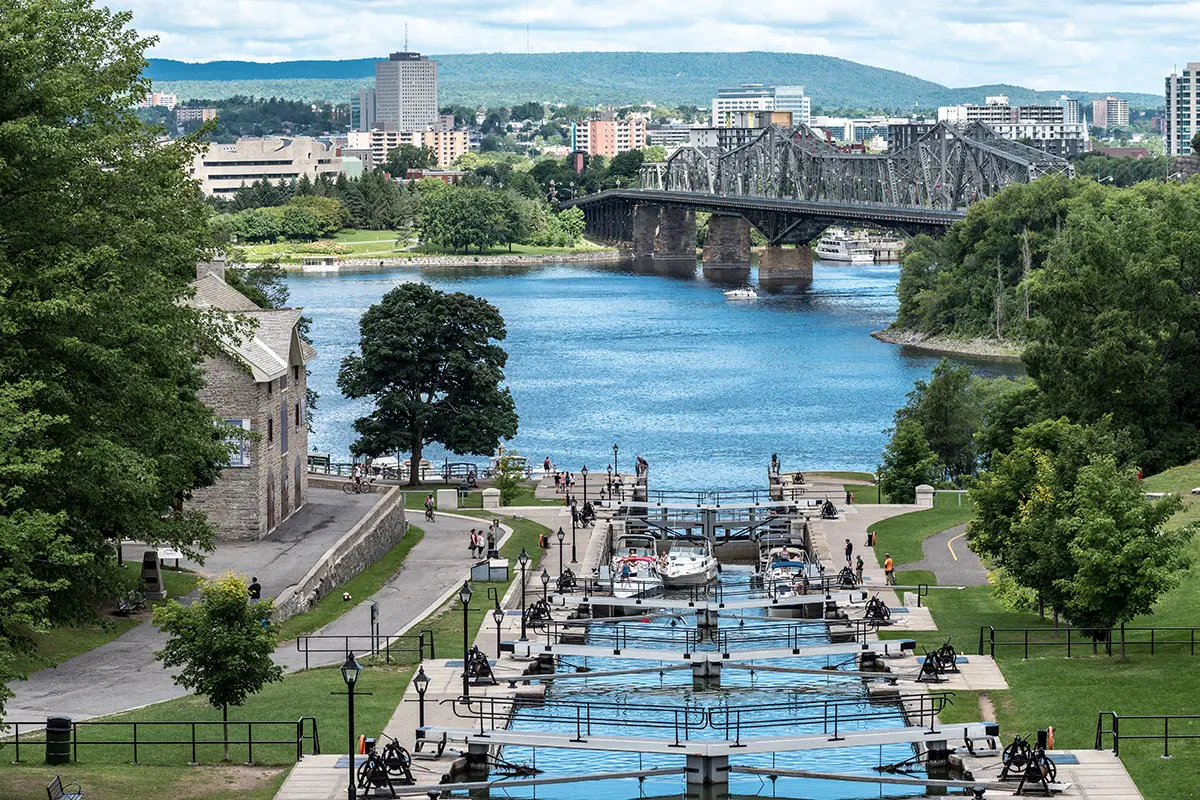
The Rideau Canal is a 202 kilometre long canal that links the Ottawa River, at Ottawa, with the Saint Lawrence River at Kingston, Ontario, Canada. Its 46 locks raise boats from the Ottawa River 83 metres upstream along the Rideau River to the Rideau Lakes, and from there drop 50 metres downstream along the Cataraqui River to Kingston.
Rideau Hal This historic 1830s structure with landscaped grounds is the official home of the Governor General.
Rideau Hall is the official residence in Ottawa of the governor general of Canada. It stands in Canada's capital on a 36-hectare estate at 1 Sussex Drive, with the main building consisting of approximately 175 rooms across 9,500 square metres, and 27 outbuildings around the grounds.
Saint Joseph's Oratory of Mount Royal St. Joseph's Cathedral, one of the three miraculous cathedrals in North America
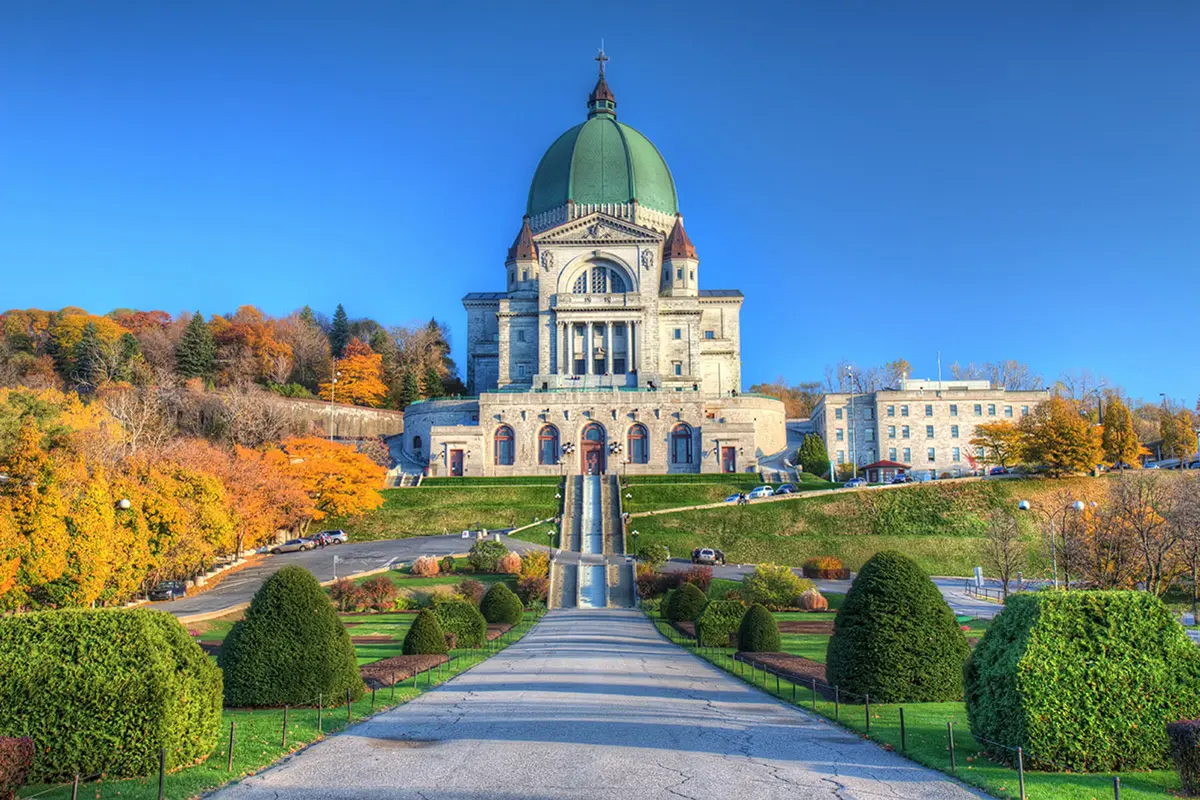
Saint Joseph's Oratory of Mount Royal is a Roman Catholic minor basilica and national shrine located at 3800 Queen Mary Road in the Côte-des-Neiges neighborhood on Mount Royal's Westmount Summit in Montreal, Quebec.
[Optional] Montmorency Falls Price : C$15 (Tax included)
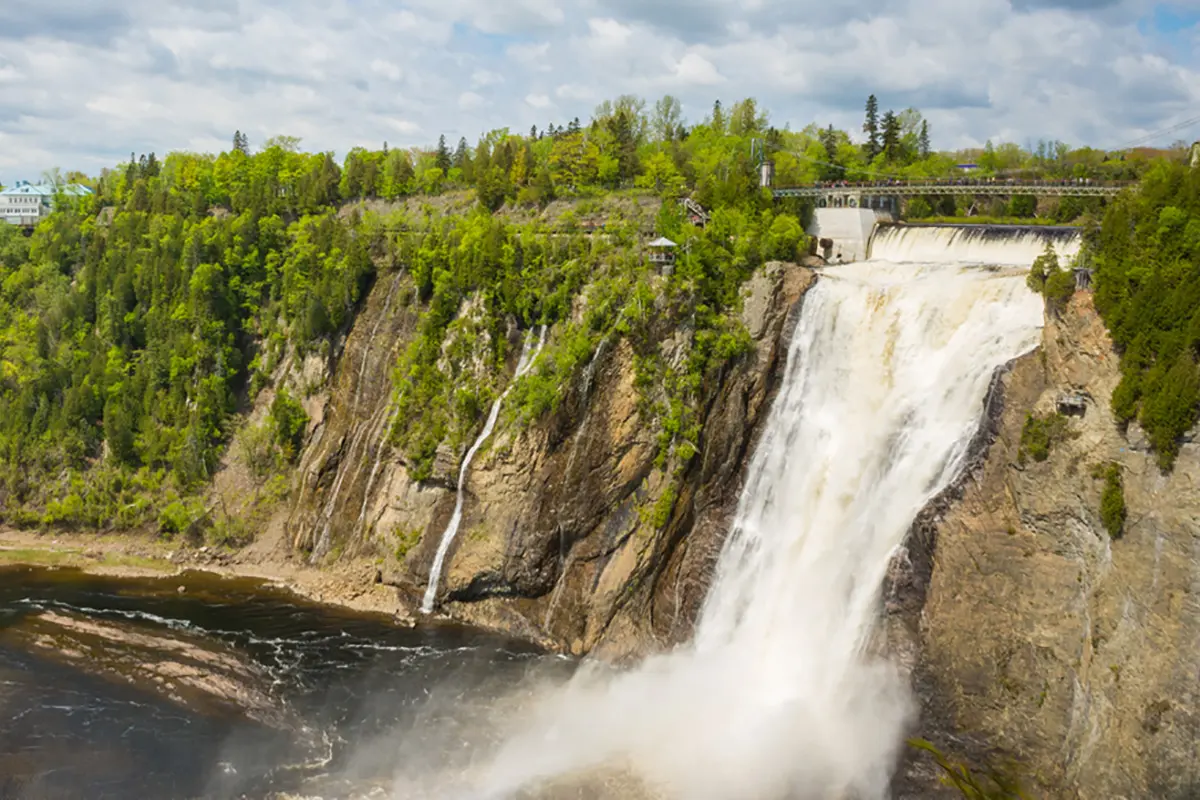
This is a waterfall on the Montmorency River in Quebec City, Canada. It is located approximately 13km from the center of Quebec City's old town. It forms the border between the boroughs of Beaufort and Beaux-Chatel in Quebec City. With a drop of 84m, a width of 46m, and a depth of 17m, the waterfall is 30m higher than Niagara Falls in Canada. It is located near the confluence (estuary) where the Montmorency River flows into the St. Lawrence River and borders the Island of Orleans. The waterfall was named by Samuel de Champlain in 1613 in honor of Henry II, Duke of Montmorency, who later served as Governor-General of New France from 1620 to 1625. / Operating period: April-October
[Optional] Hôtel de Glace Price : C$40 (Tax included)
Made from ice and snow, this iconic seasonal hotel (January to March) is part of Valcartier Vacation Village, 30 km from Quebec City. The unique rooms have beds made from blocks of ice, with mattresses and sleeping bags. Themed suites feature ice sculptures and artistic lighting; some rooms have fireplaces. / Period: January - mid-March
Quebec City Old Quebec famous spot as the filming location for the drama “Goblin”
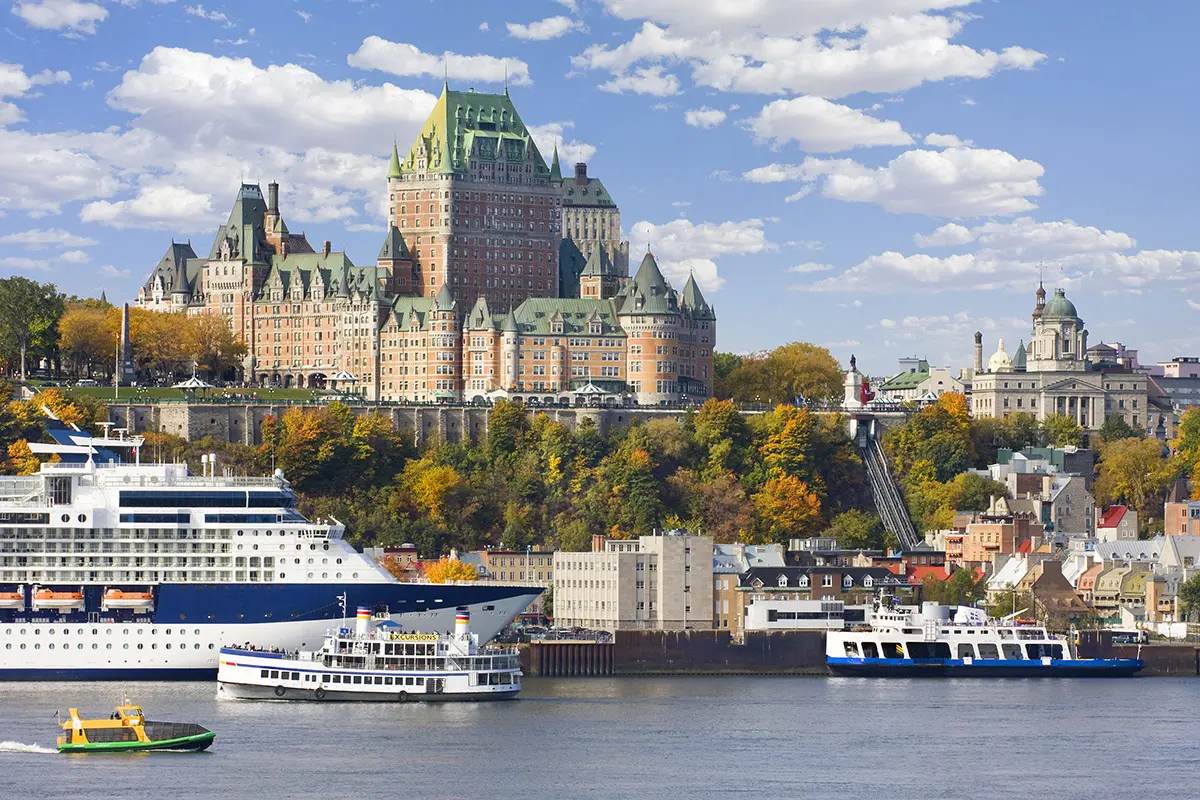
As of July 2021, the city had a population of 549,459, and the metropolitan area had a population of 839,311. It is the eleventh-largest city and the seventh-largest metropolitan area in Canada. It is also the second-largest city in the province, after Montreal. It has a humid continental climate with warm summers coupled with cold and snowy winters.
Fairmont Le Château Frontenac Historic hotel in Quebec City
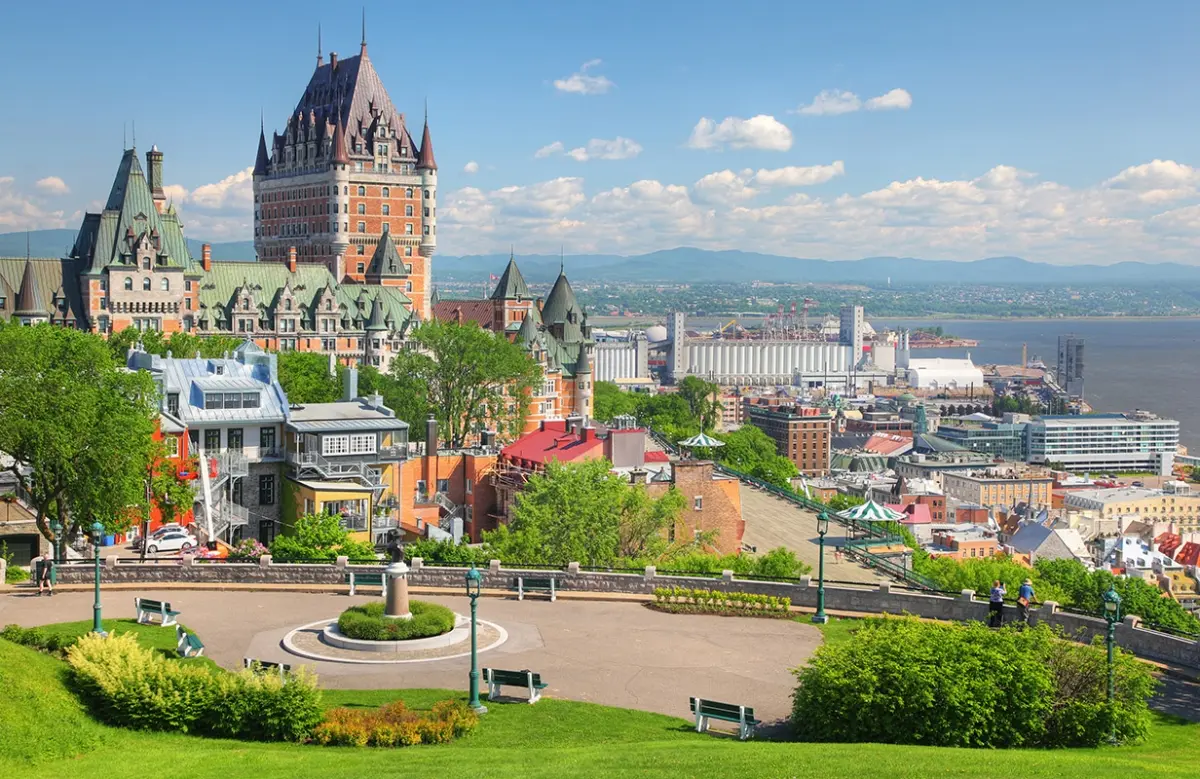
The hotel is situated in Old Quebec, within the historic district's Upper Town, on the southern side of Place d'Armes. The Château Frontenac was designed by Bruce Price, and was built by the Canadian Pacific Railway company. The hotel is managed by Fairmont Hotels and Resorts. Opened in 1893, the Châteauesque-styled building has 18 floors; its 79.9-metre (262-foot) height is augmented by its 54-metre (177-foot) ground elevation. It is one of the first completed grand railway hotels, and was designated a National Historic Site of Canada in 1981.
Built in 1859, this long, popular terrace overlooking the river also offers scenic city views.
Rue du Trésor A place where you can meet famous Quebec painters in one place
It is located on Tresor Street, a narrow alley on both sides, located right next to Notre Dame Castle. There are painters who paint portraits, and painters sell their paintings in the small alleys.
Montreal Notre-Dame Basilica Exterior Tour Every year, making it one of the most visited monuments in North America
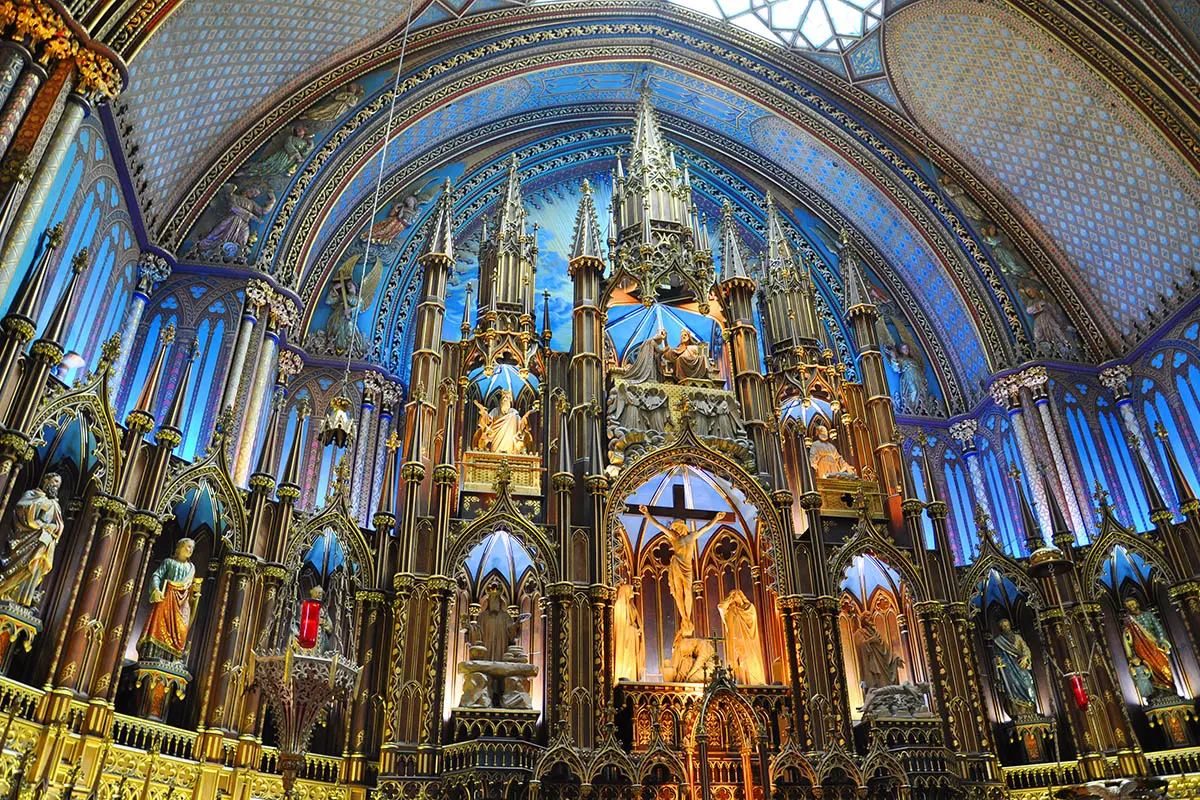
The interior of the church is amongst the most dramatic in the world and regarded as a masterpiece of Gothic Revival architecture. The vaults are coloured deep blue and decorated with golden stars, and the rest of the sanctuary is decorated in blues, azures, reds, purples, silver, and gold. It is filled with hundreds of intricate wooden carvings and several religious statues. Unusual for a church, the stained glass windows along the walls of the sanctuary do not depict biblical scenes, but rather scenes from the religious history of Montreal. It also has a Casavant Frères pipe organ, dated 1891, which comprises four keyboards, 92 stops using electromagnetic action and an adjustable combination system, 7000 individual pipes and a pedal board.
Quartier Petit Champlain The oldest commercial district in North America
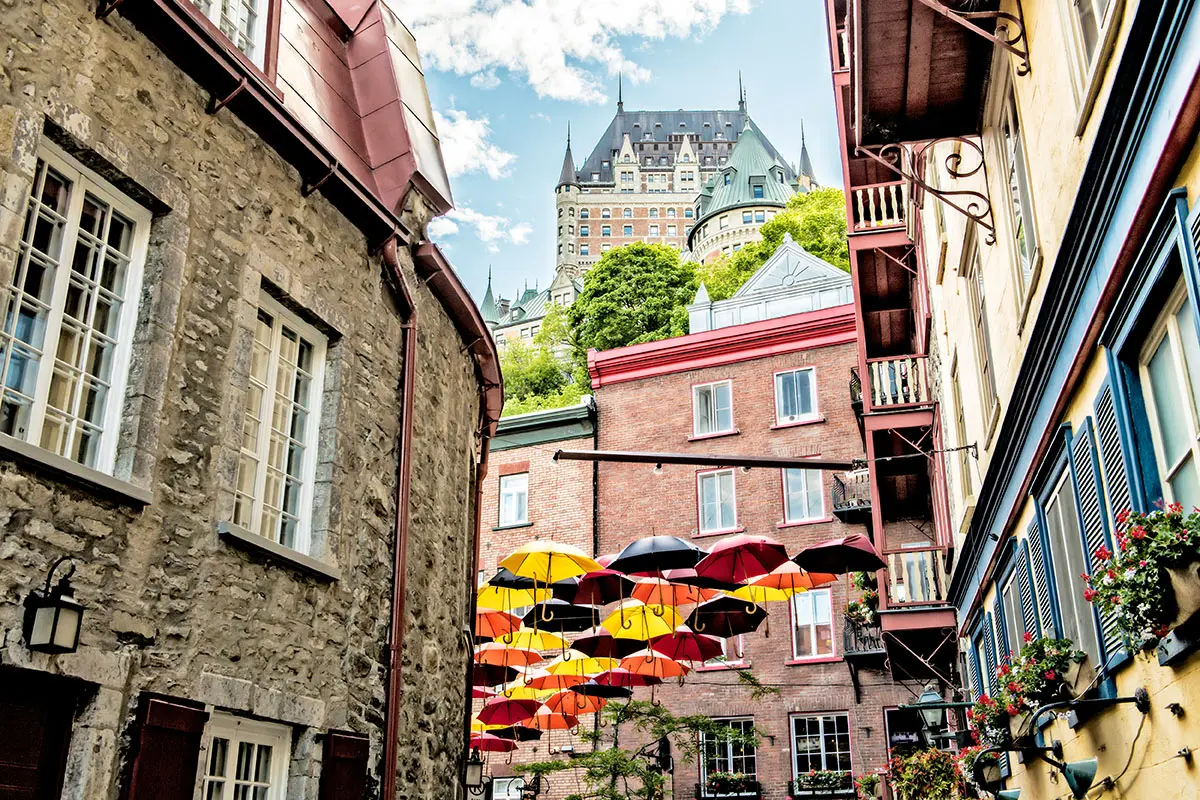
Quartier du Petit Champlain is a small commercial zone in Quebec City, Quebec, Canada. It is located in the neighbourhood of Vieux-Québec–Cap-Blanc–colline Parlementaire in the borough of La Cité-Limoilou, near Place Royale and its Notre-Dame-des-Victoires Church. Its main street is the Rue du Petit-Champlain at the foot of Cap Diamant. It is claimed that it's the oldest commercial district in North America.
La Fresque des Québécois est un trompe-l'œil colossal de 420 mètres2 de superficie au coin de la rue Notre-Dame dans le Quartier Petit Champlain du Vieux-Québec. La réalisation de la fresque, inaugurée le 17 octobre 1999, fut supervisée par des experts tant historiens, géographes, et autres.
Montreal Notre-Dame Basilica Exterior Tour Every year, making it one of the most visited monuments in North America

The interior of the church is amongst the most dramatic in the world and regarded as a masterpiece of Gothic Revival architecture. The vaults are coloured deep blue and decorated with golden stars, and the rest of the sanctuary is decorated in blues, azures, reds, purples, silver, and gold. It is filled with hundreds of intricate wooden carvings and several religious statues. Unusual for a church, the stained glass windows along the walls of the sanctuary do not depict biblical scenes, but rather scenes from the religious history of Montreal. It also has a Casavant Frères pipe organ, dated 1891, which comprises four keyboards, 92 stops using electromagnetic action and an adjustable combination system, 7000 individual pipes and a pedal board.
After breakfast, meet the guide
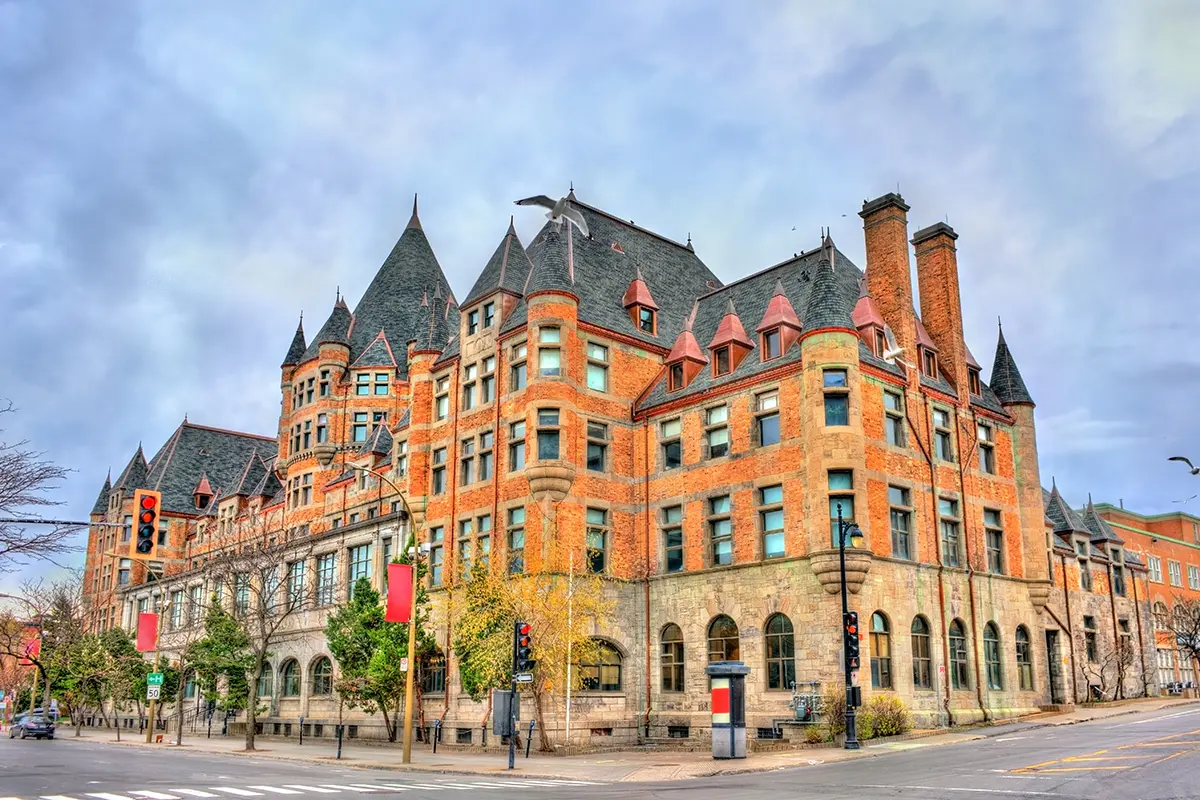
Dating to the 17th century, Old Montreal's narrow cobblestone streets are full of lively plazas and charming shops and cafes. Landmarks include the Notre-Dame Basilica, a soaring Gothic Revival church, and the Pointe-à-Callière museum with city archeological ruins. Along the St. Lawrence River, the Old Port of Montreal is home to the Montreal Science Centre and the iconic Clock Tower, with views from the top.
Place d'Armes The second oldest public site in Montreal
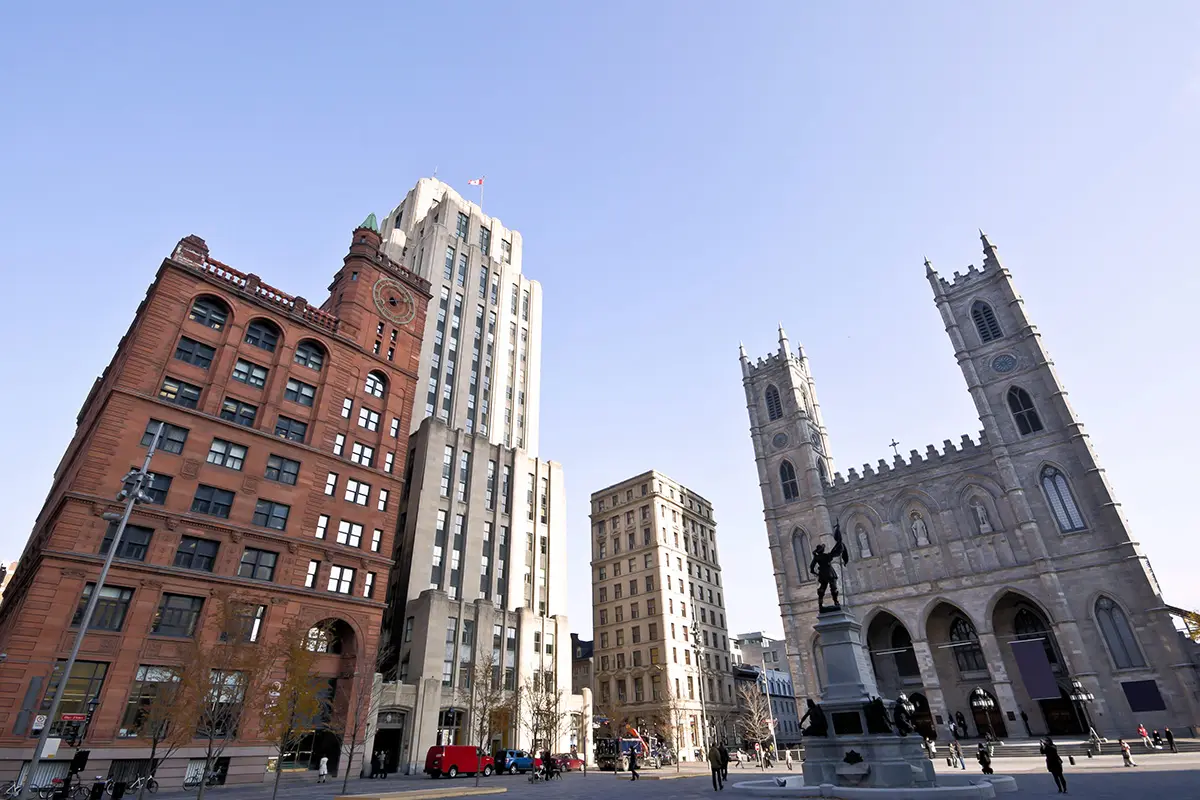
Place d'Armes is a square of the Old Montreal quarter of Montreal, in Quebec, Canada anchored by a monument in memory of Paul de Chomedey, founder of Montreal. Buildings that surround it include Notre-Dame Basilica, Saint-Sulpice Seminary, New York Life Building, Aldred Building, Bank of Montreal head office and 500 Place D'Armes.
Place Jacques-Cartier The square you can find along the narrow alley leading from Notre Dame Cathedral.
In 1723, the Château Vaudreuil was built for Philippe de Rigaud, Marquis de Vaudreuil - its formal gardens occupying the space that is now the square. The Chateau burned down in 1803 and it was suggested by The Hon. Jean-Baptiste Durocher and The Hon. Joseph Périnault that the space be transformed into a public square, known as New Market Place. In 1809, Montreal's oldest public monument was raised there, Nelson's Column. In 1847, the square was renamed in honour of Jacques Cartier, the explorer who claimed Canada for France in 1535.
Montreal City Hall The first city hall to have been constructed in the country solely for municipal administration
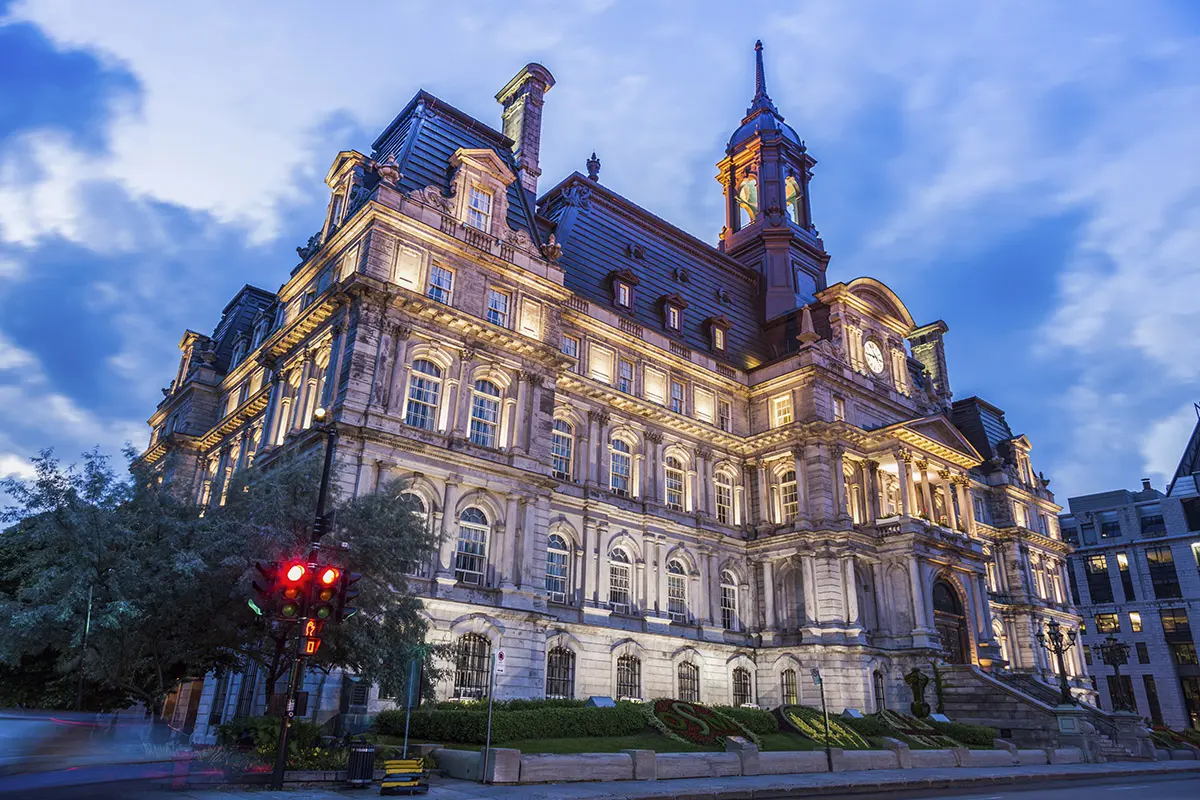
It was designed by architects Henri-Maurice Perrault and Alexander Cowper Hutchison, and built between 1872 and 1878 in the Second Empire style. It is located in Old Montreal, between Place Jacques-Cartier and the Champ de Mars, at 275 Notre-Dame Street East. The closest Metro station is Champ-de-Mars, on the Orange Line. As one of the best examples of the Second Empire style in Canada, and the first city hall to have been constructed in the country solely for municipal administration, it was designated a National Historic Site of Canada in 1984.
The original building was gutted by fire in March 1922, leaving only the outer wall and destroying many of the city's historic records. The architect Louis Parant was commissioned for the reconstruction, who decided to build an entirely new building with a self-supporting steel structure built inside the shell of the ruins.This new building was modelled after the city hall of the French city of Tours.Other changes included a remodelling of the Mansard roof into a new Beaux-Arts inspired model, with a copper roof instead of the original slate tiles. The new building opened on February 15, 1926.
Toronto Disband after arrival
Toronto, the capital of the province of Ontario, is a major Canadian city along Lake Ontario’s northwestern shore. It's a dynamic metropolis with a core of soaring skyscrapers, all dwarfed by the iconic, free-standing CN Tower. Toronto also has many green spaces, from the orderly oval of Queen’s Park to 400-acre High Park and its trails, sports facilities and zoo.



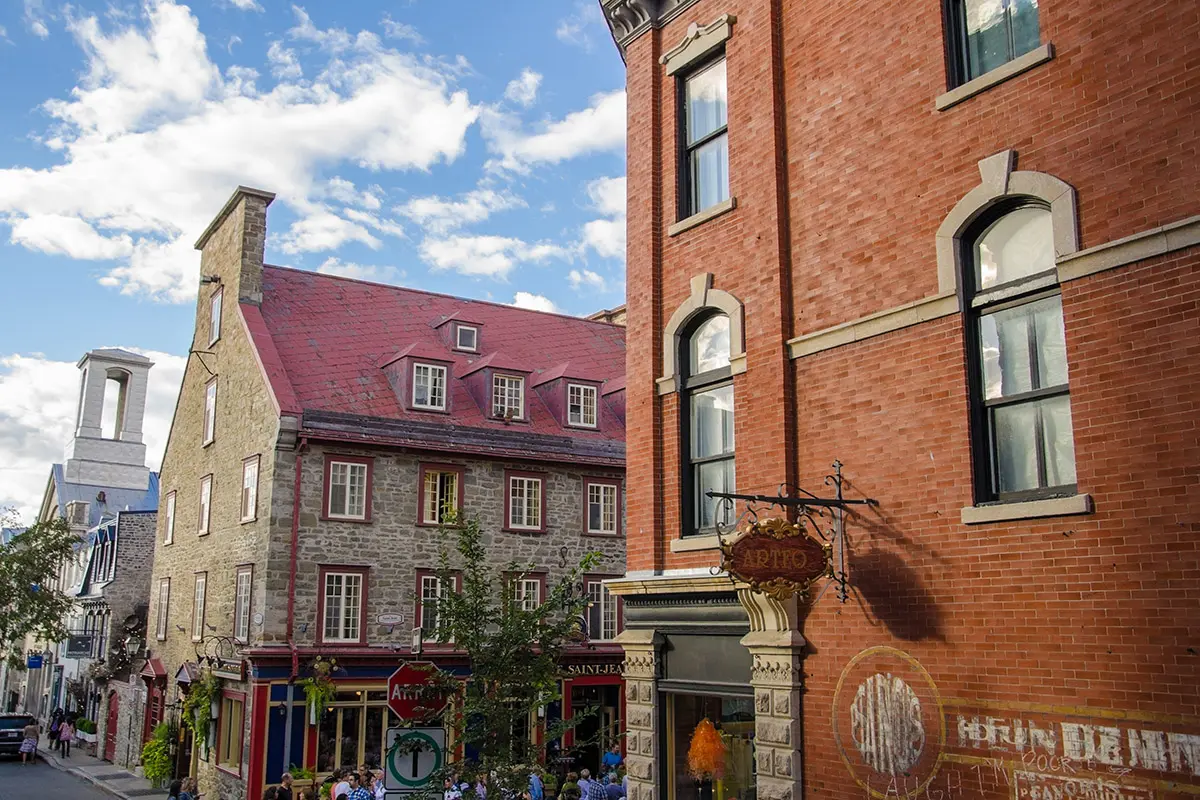
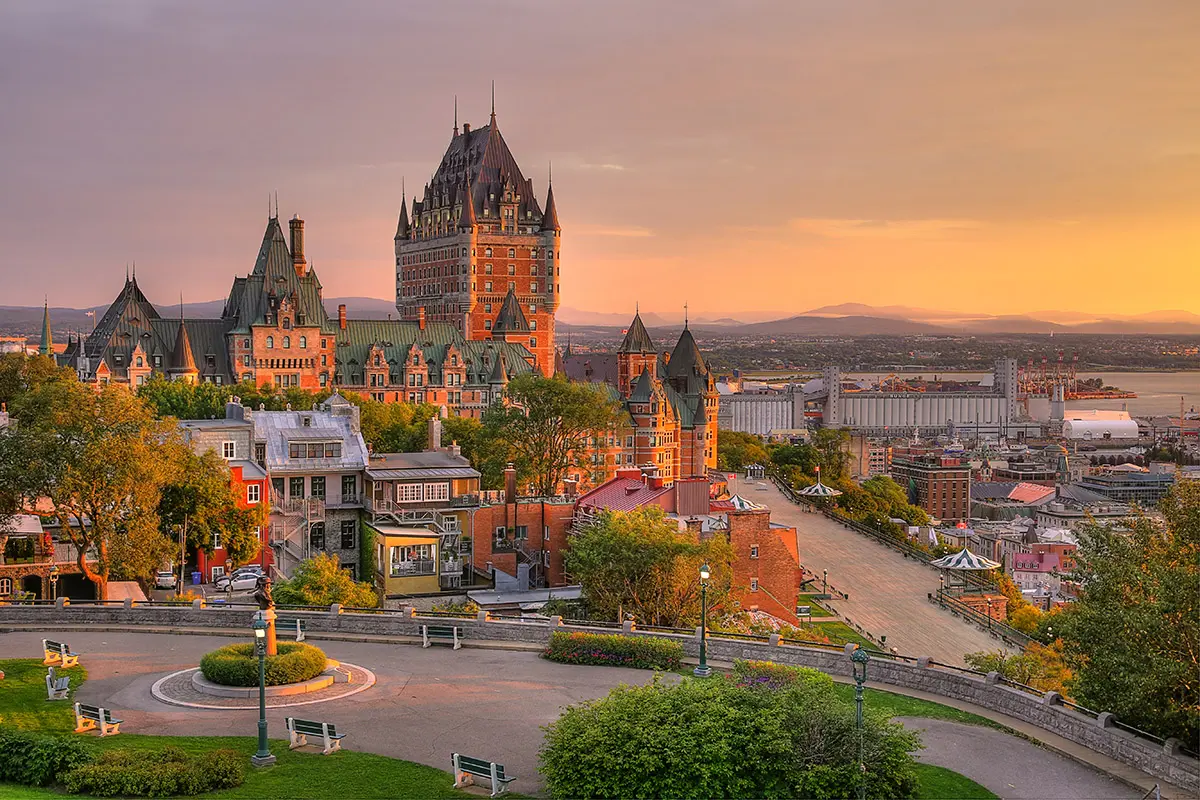
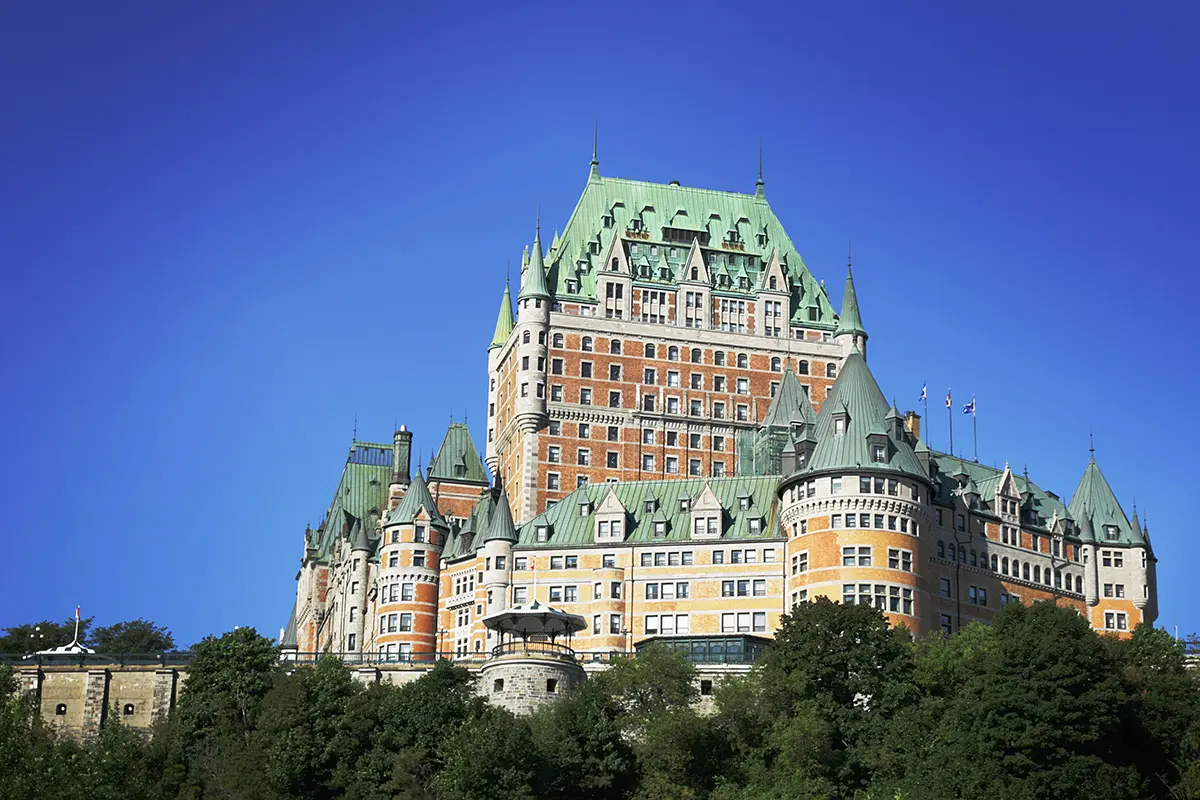
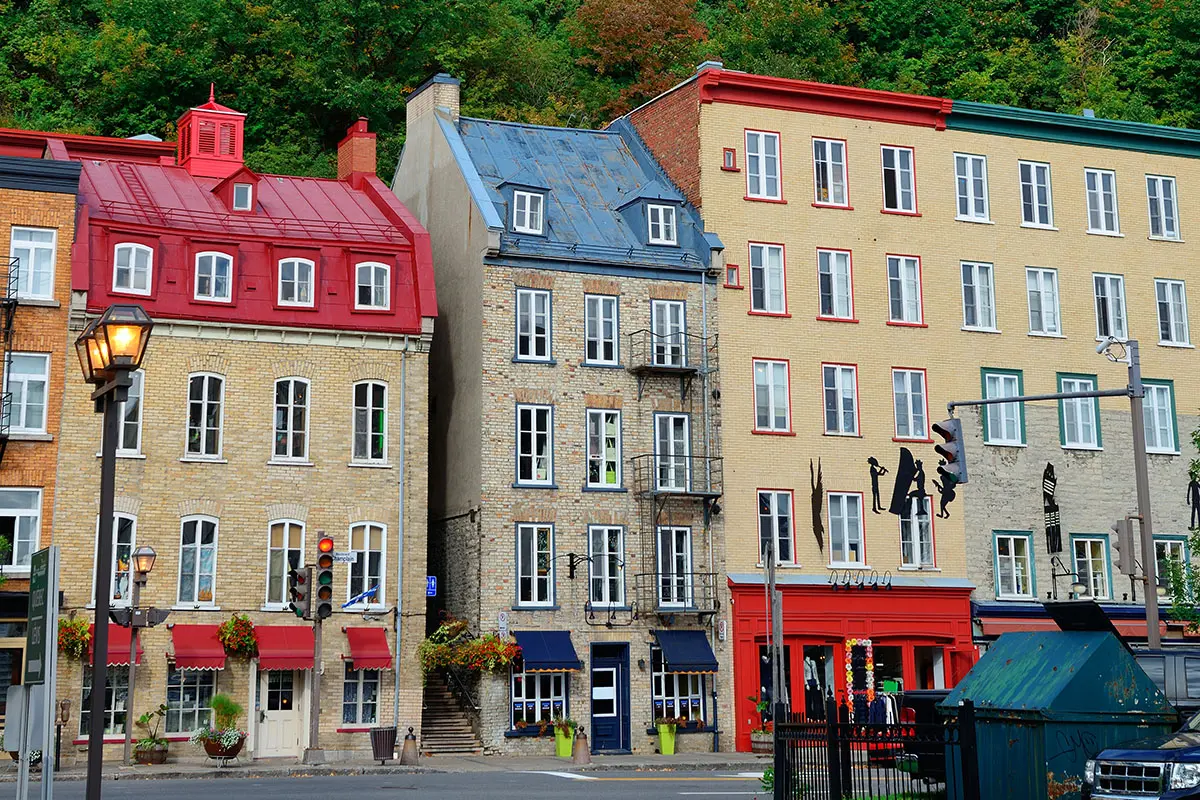

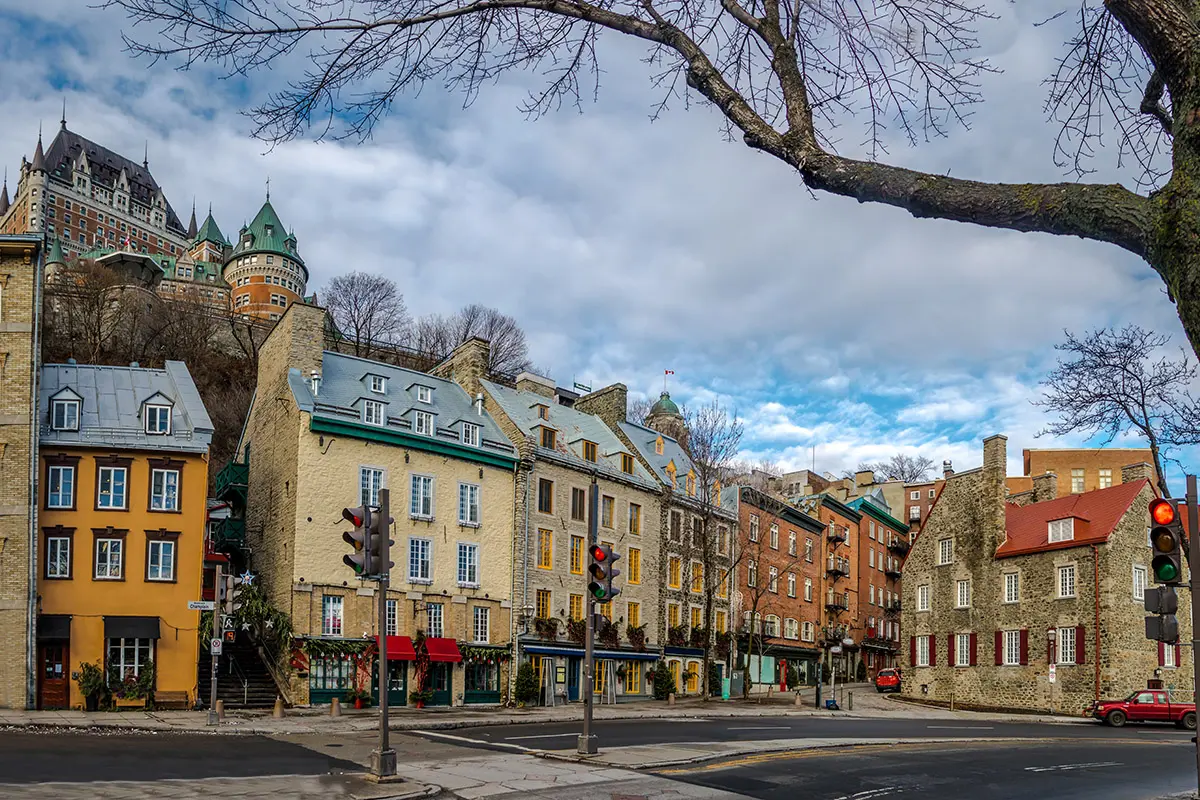
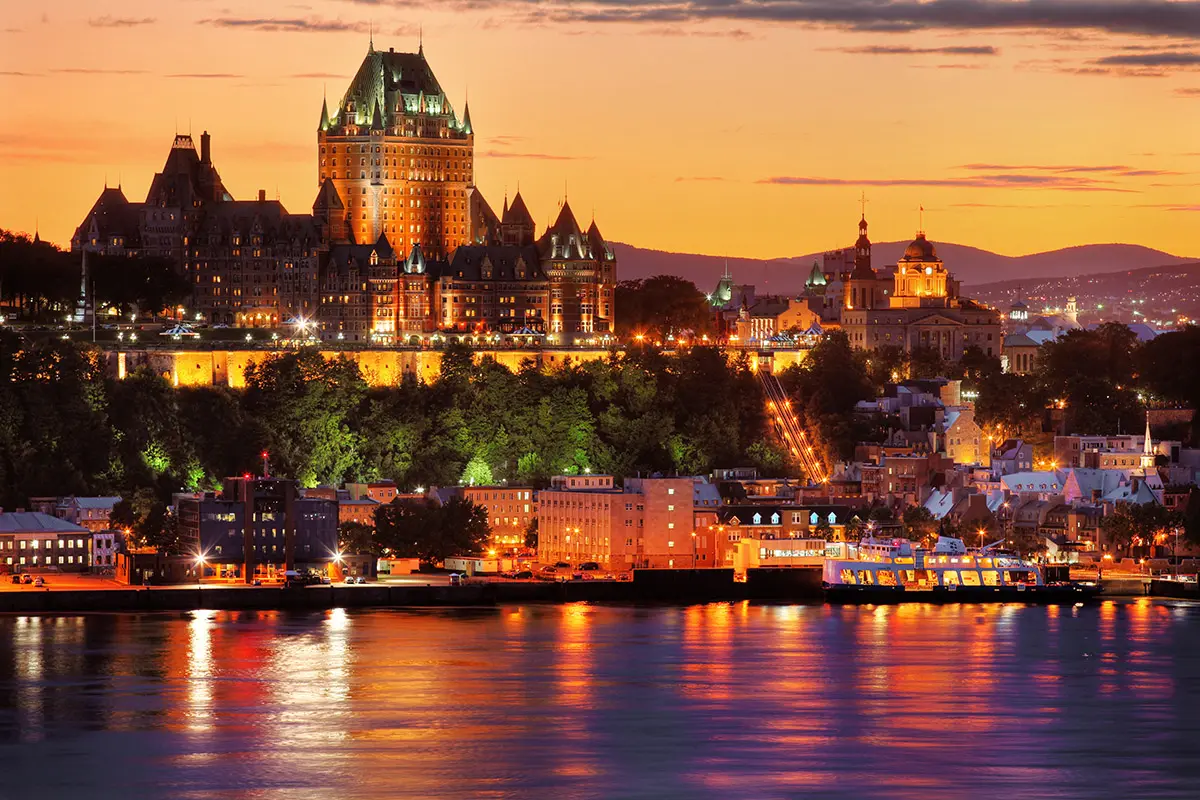
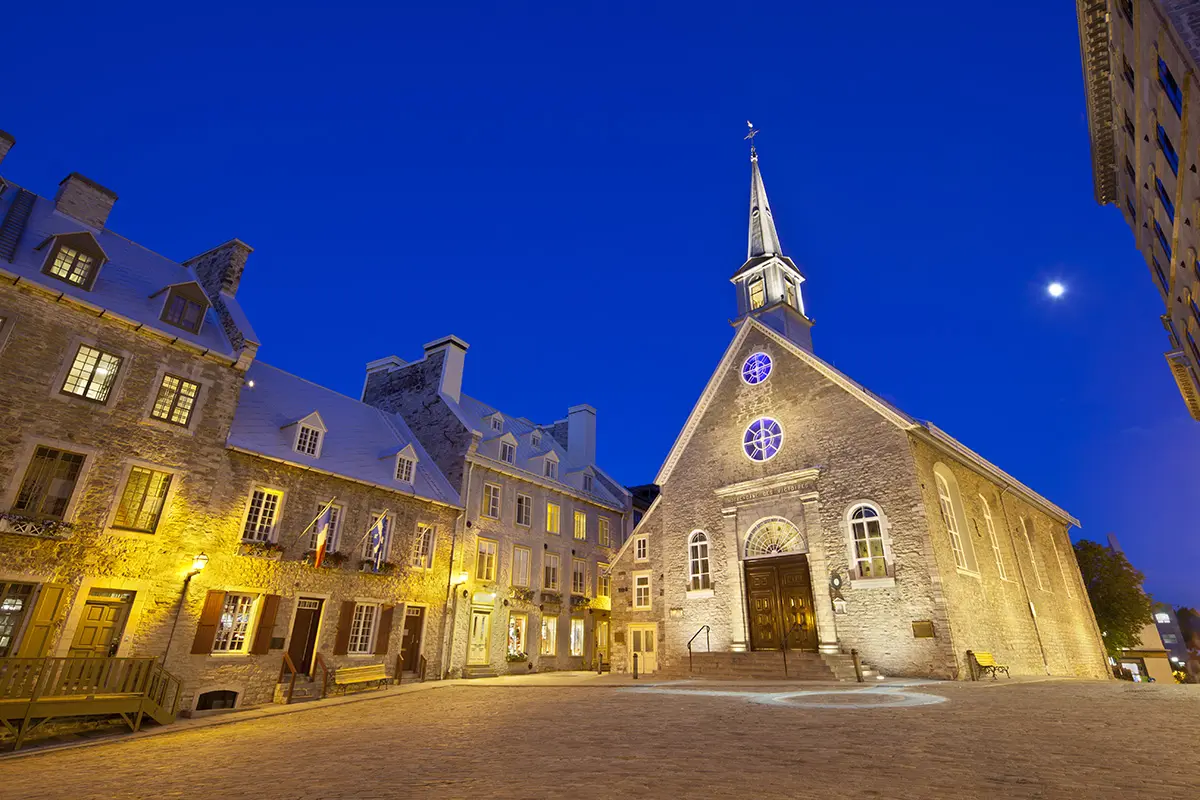

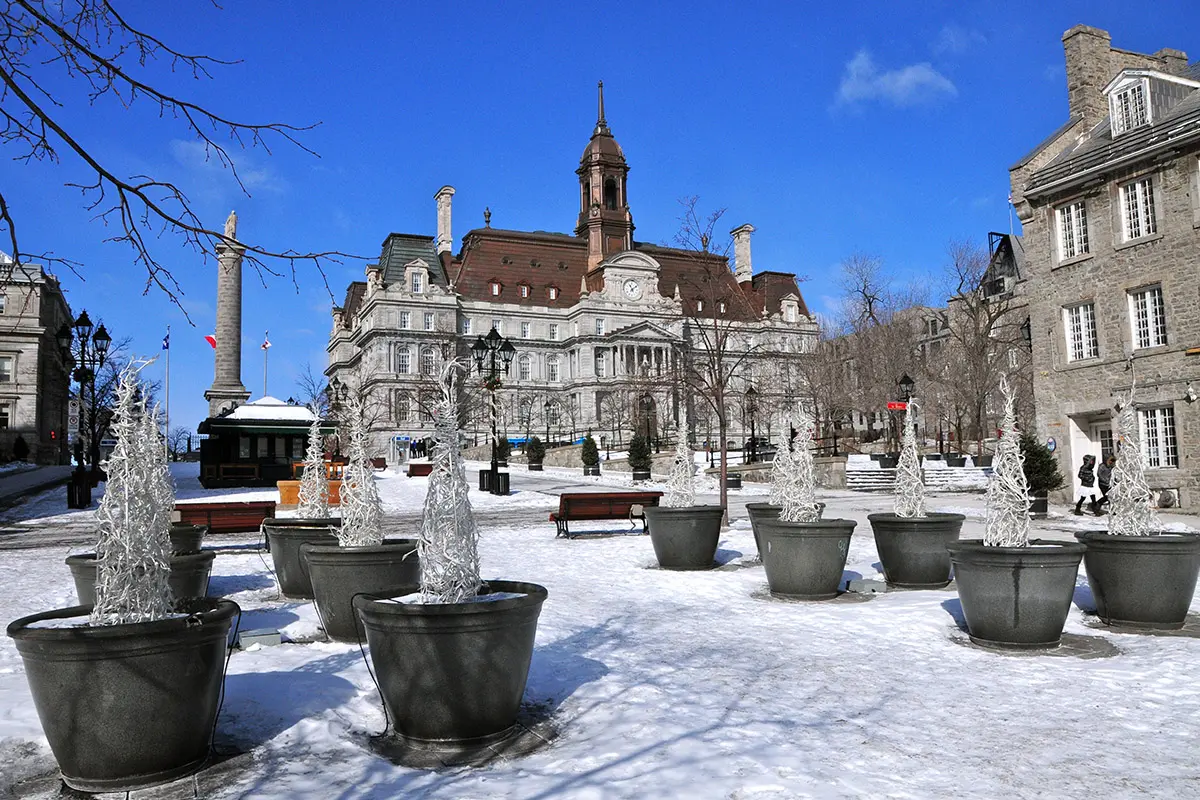


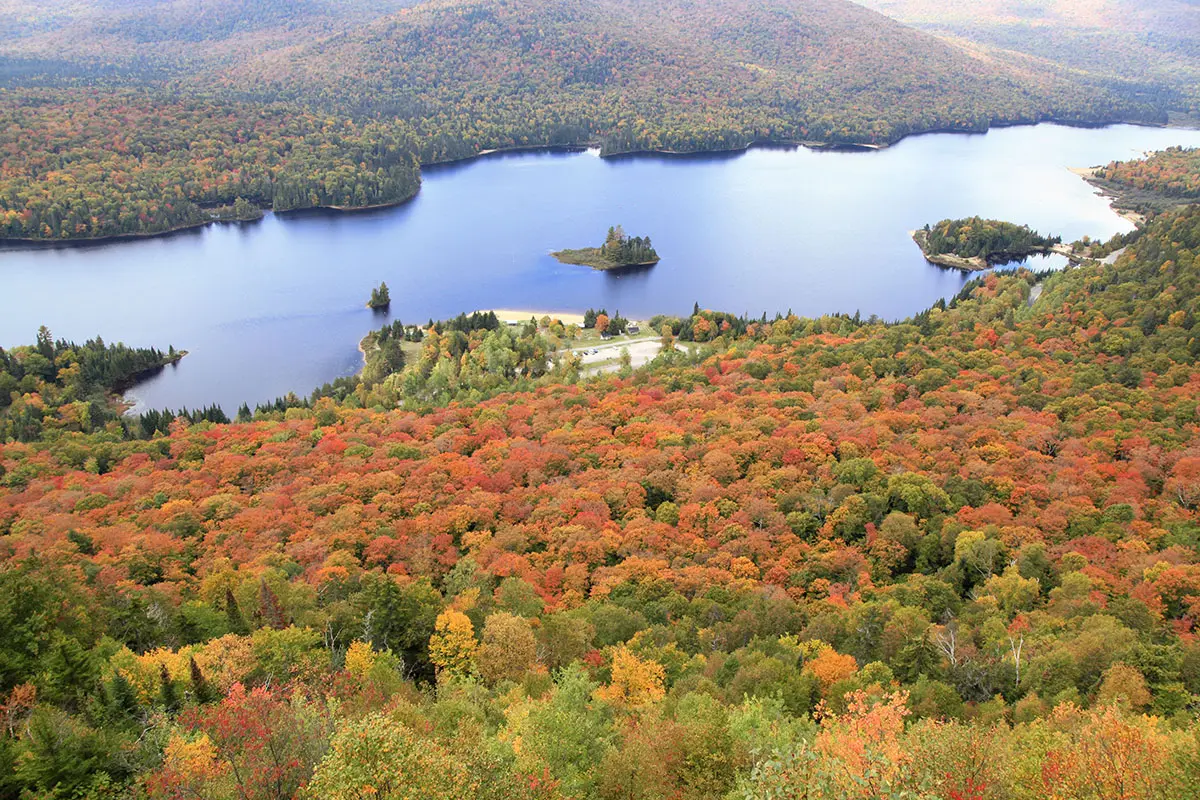
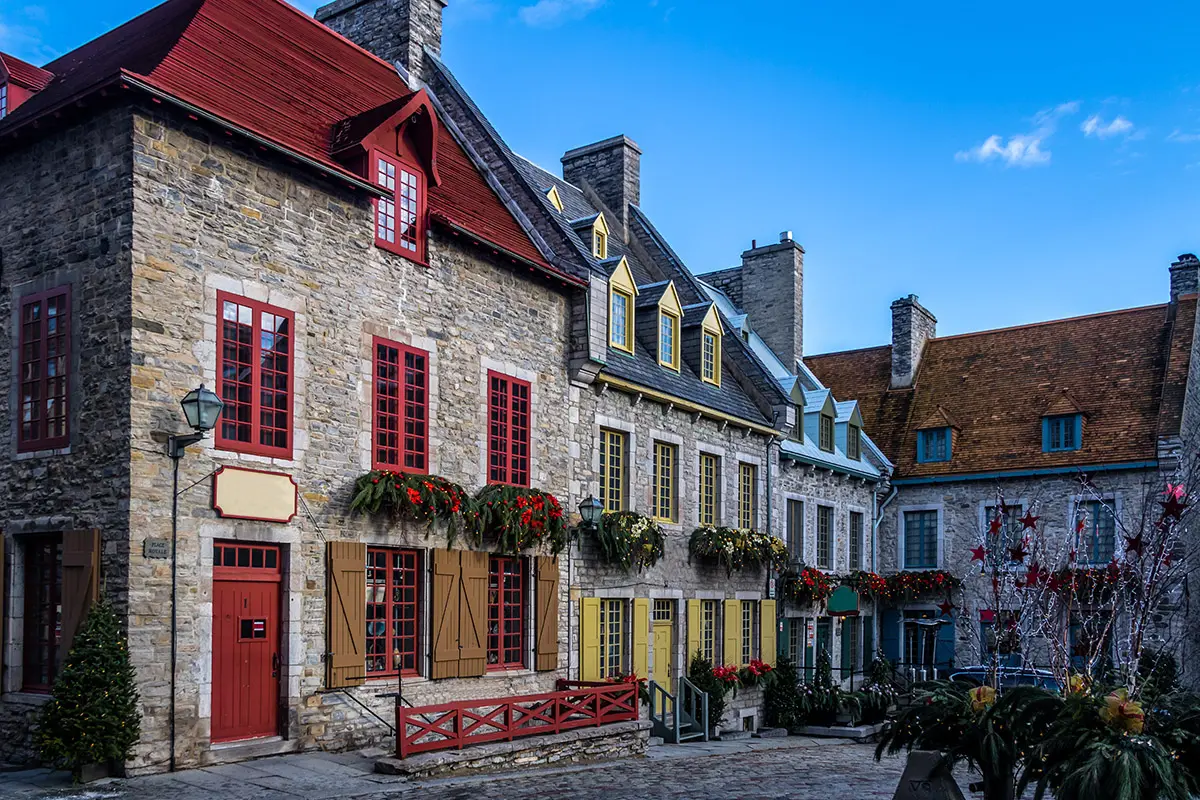

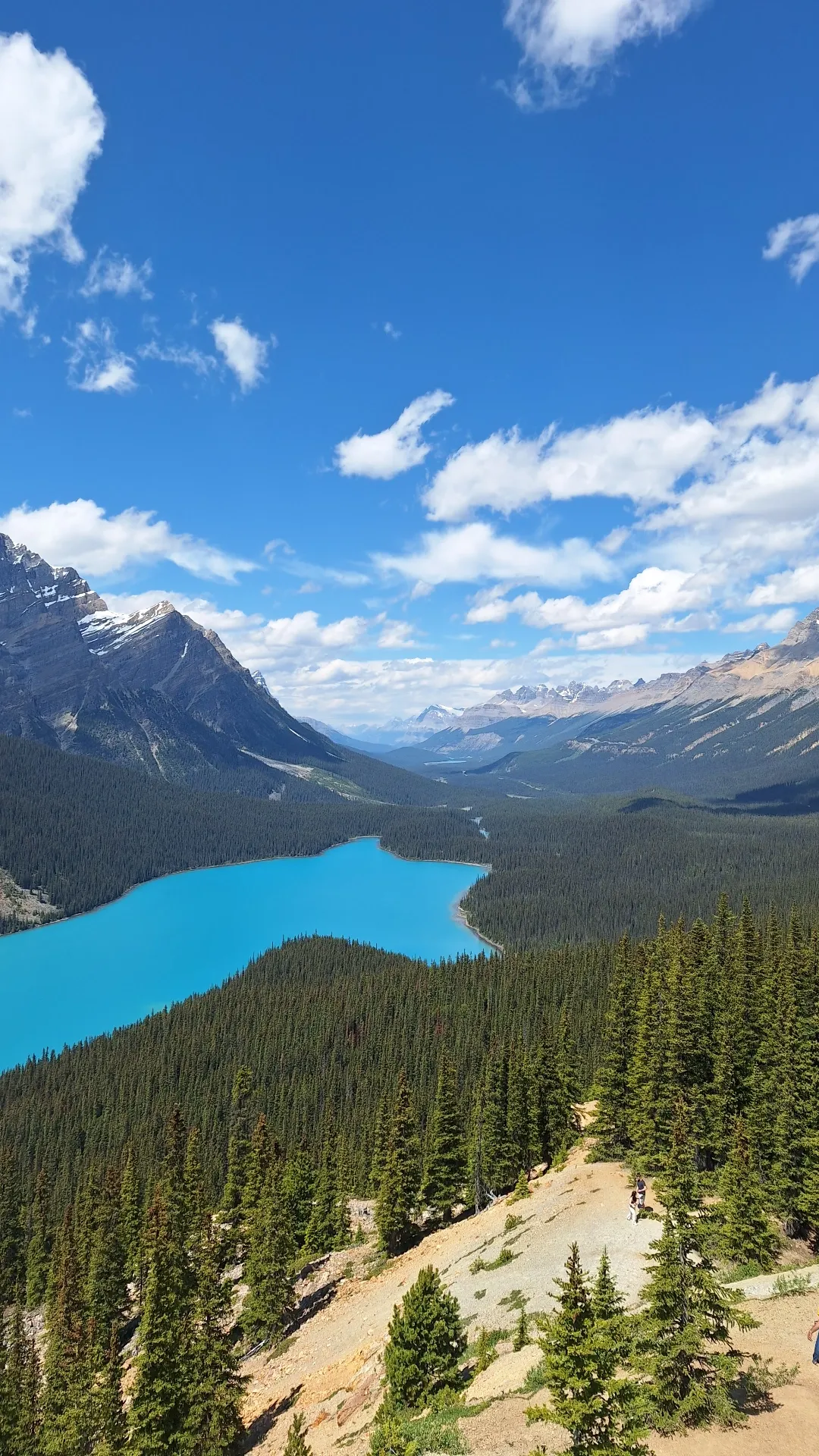
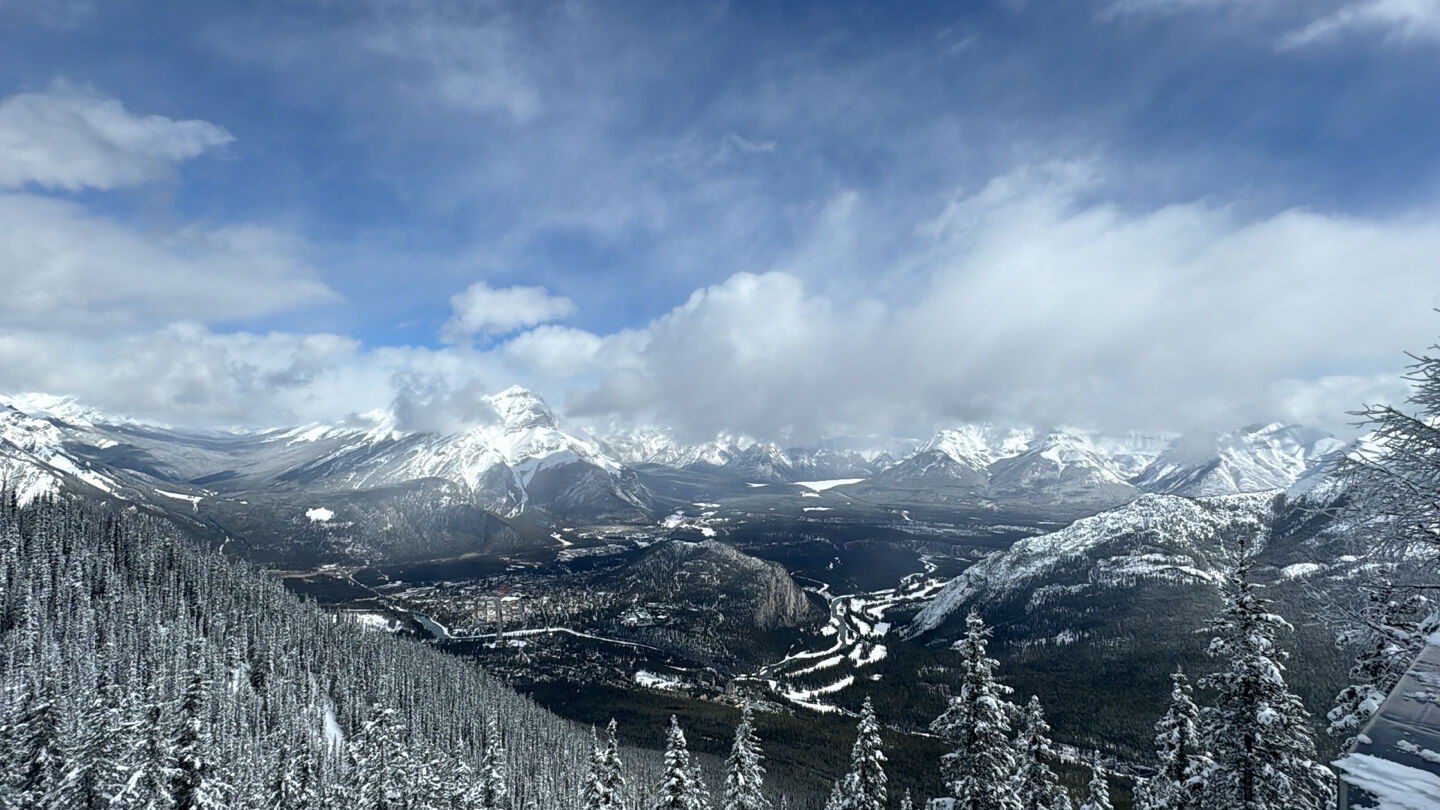




![[Winter] Canadian Rockies Guided Tour 4D3N (Banff)](../wp_files/File_images_photogallery/2018/12/pg_1_1543962117.webp)
![[Winter] Premium Rocky Mountains 4D3N (Calgary In-Out)](../wp_files/File_images_photogallery/2024/08/pg_1_1722617829.webp)
![[Winter] Vancouver · Rocky Mountains 5D4N (Banff)](../wp_files/File_images_photogallery/2018/11/pg_1_1543624813.webp)
![[Winter] Vancouver · Victoria · Rocky Mountains 6N5D (Banff)](../wp_files/File_images_photogallery/2018/11/pg_1_1543621753.webp)
![[Winter/Tway] Vancouver · Rocky Mountains 6D5N](../wp_files/File_images_photogallery/2025/09/pg_1_1758314560.webp)
![[Winter] Banff One Day Tour](../wp_files/File_images_photogallery/2021/12/pg_1_1638576475.webp)
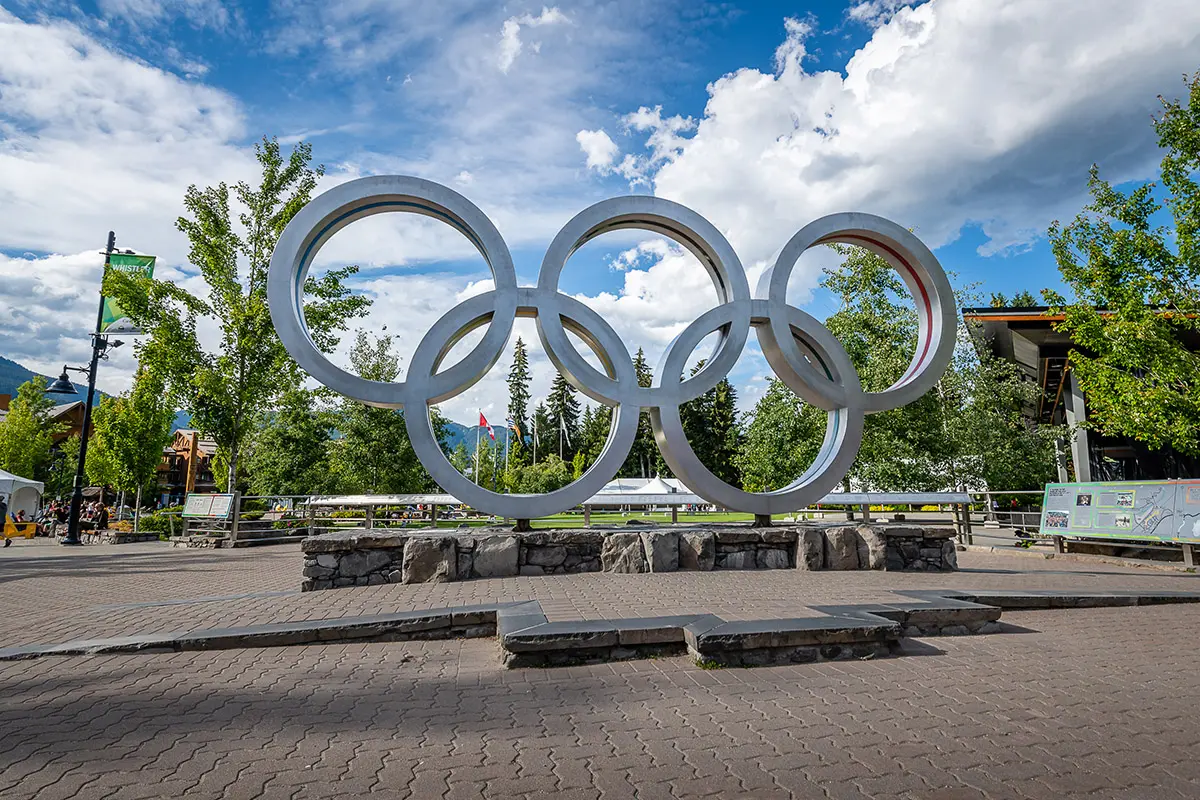


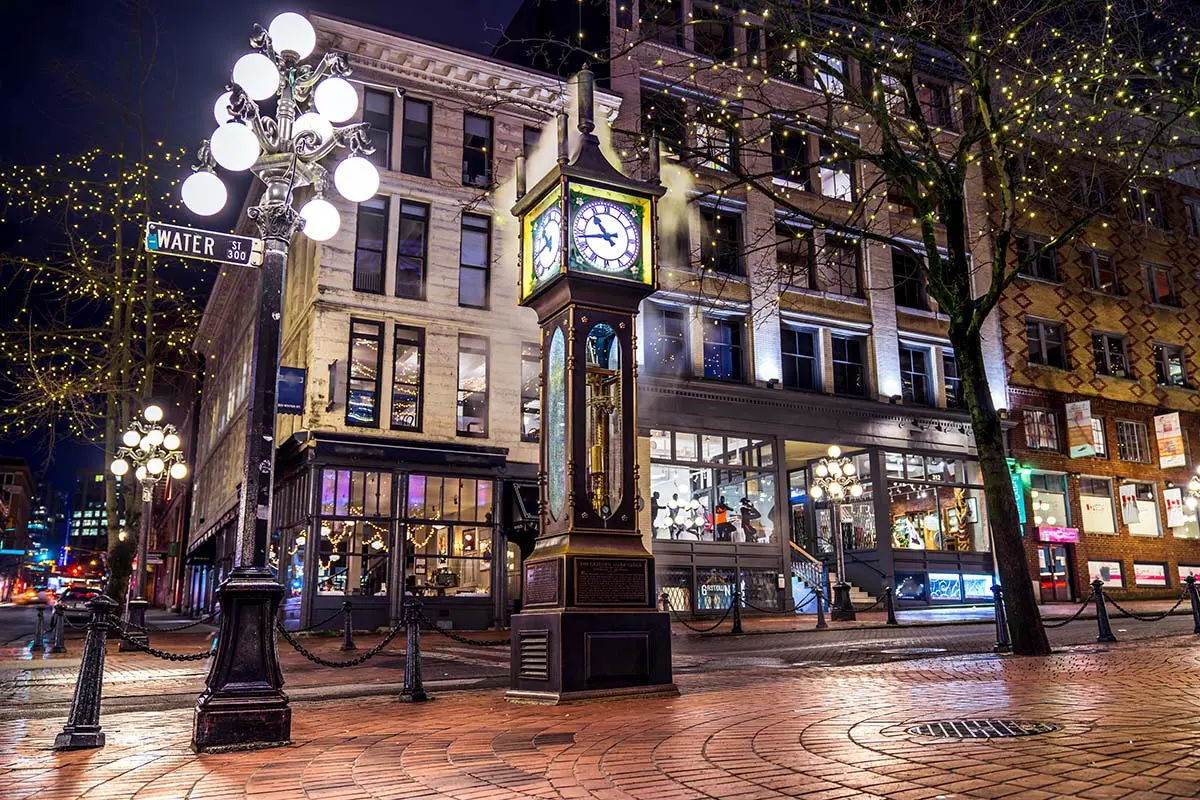
![[Summer] Canadian Rockies Guided Tour 4D3N (Banff)](../wp_files/File_images_photogallery/2018/11/pg_1_1543622101.webp)
![[Summer] Vancouver · Rocky Mountains 5D4N (Banff)](../wp_files/File_images_photogallery/2018/12/pg_1_1543960798.webp)
![[Summer] Vancouver · Victoria · Rocky Mountains 6D5N (Banff)](../wp_files/File_images_photogallery/2018/12/pg_1_1543963447.webp)
![[Summer/Tway] Vancouver · Rocky Mountains 6D5N](../wp_files/File_images_photogallery/2025/06/pg_1_1749847187.webp)
![[Summer] Premium Banff Rocky Mountains 5D4N (Calgary In-Out)](../wp_files/File_images_photogallery/2024/08/pg_1_1722974649.webp)
![[Summer] Banff · Drumheller 5D4N (Calgary In-Out)](../wp_files/File_images_photogallery/2024/12/pg_1_1734543117.webp)
![[Summer] Seattle · Rocky Mountains 5D4N](../wp_files/File_images_photogallery/2018/12/pg_1_1544130442.webp)
![[Summer] Banff One Day Tour](../wp_files/File_images_photogallery/2018/11/pg_1_1543622134.webp)
![[Summer] Rocky Mountains 4D3N (Calgary)](../wp_files/File_images_photogallery/2018/12/pg_1_1543963251.webp)
![[Summer] Vancouver · Rocky Mountains 5D4N (Calgary)](../wp_files/File_images_photogallery/2018/12/pg_1_1543960655.webp)

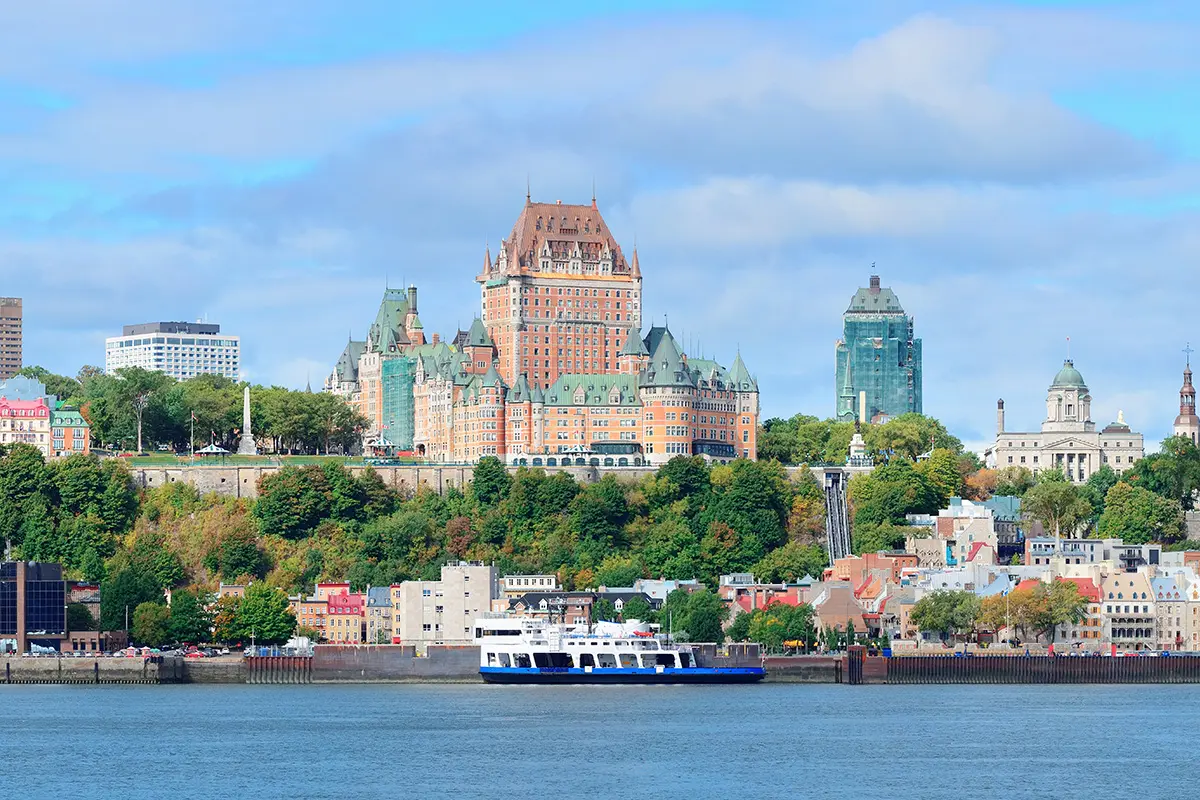
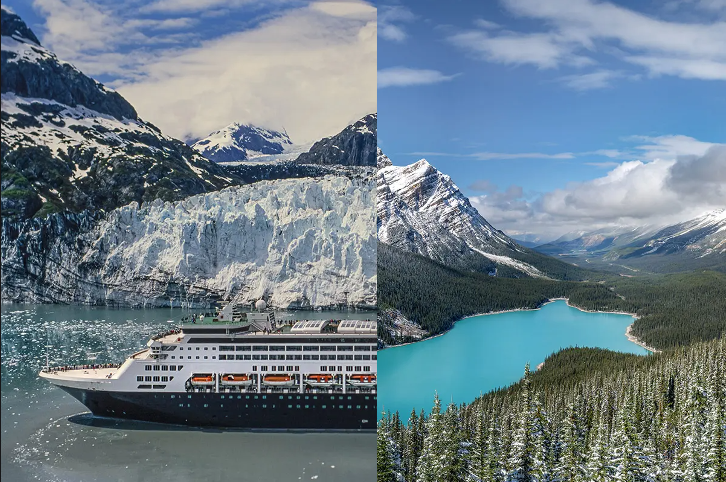

![[Winter] Yellowknife Wilderness Aurora Hunting Tour 4D3N (Hotel not included)](../wp_files/File_images_photogallery/2024/09/pg_1_1727120713.webp)
![[Summer/Autumn] Yellowknife Wilderness Aurora Hunting Tour 4D3N + Hotel Included](../wp_files/File_images_photogallery/2024/09/pg_1_1726872787.jpg)
![[Summer/Autumn] Yellowknife Wilderness Aurora Hunting Tour 4D3N (Hotel not included)](../wp_files/File_images_photogallery/2019/08/pg_1_1565916461.webp)
